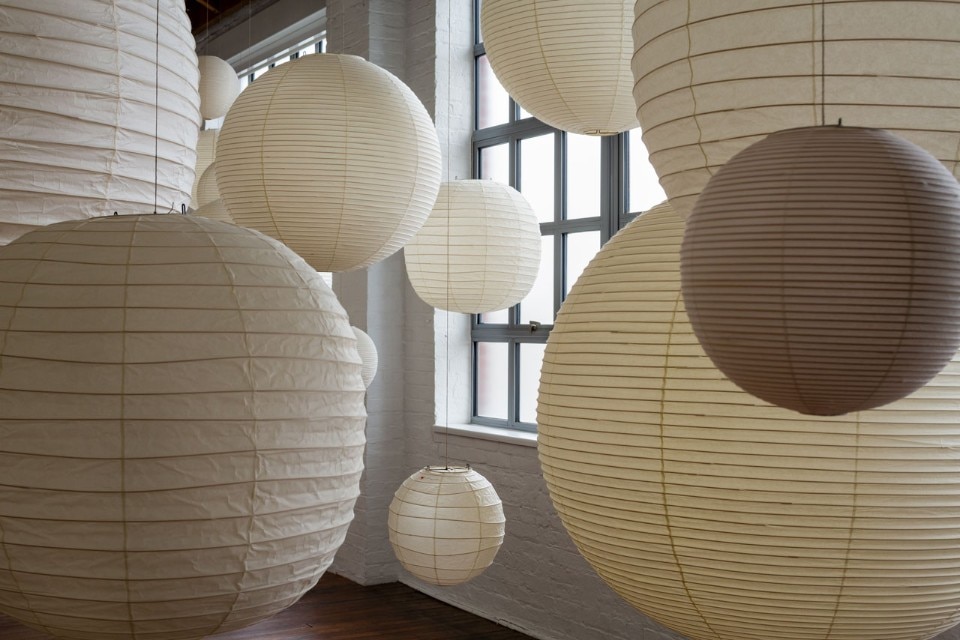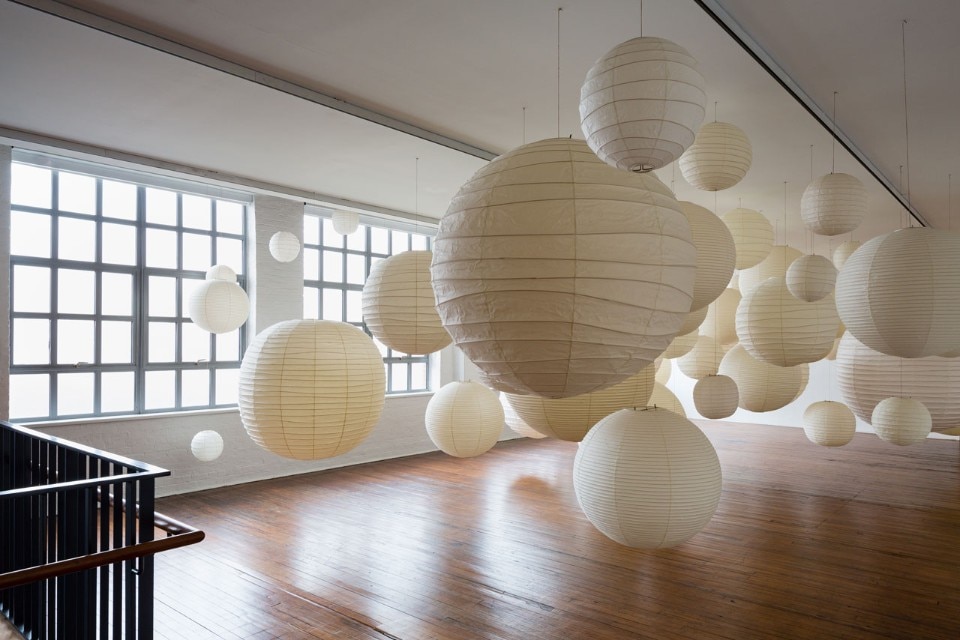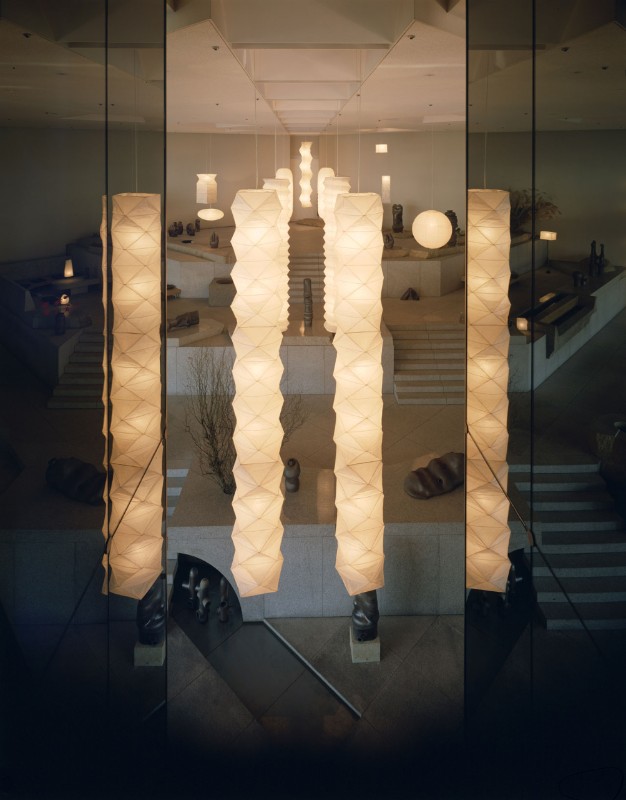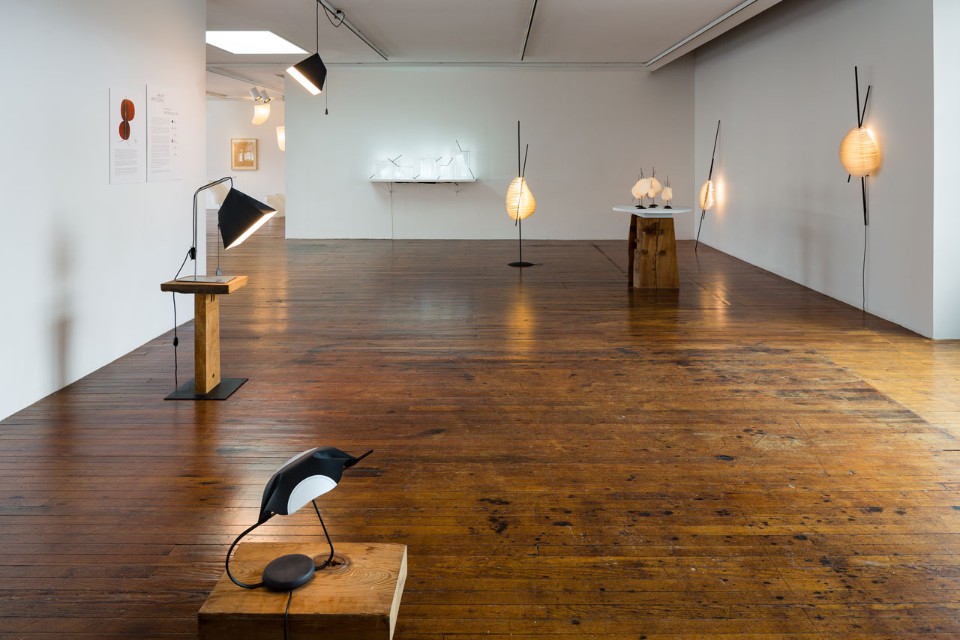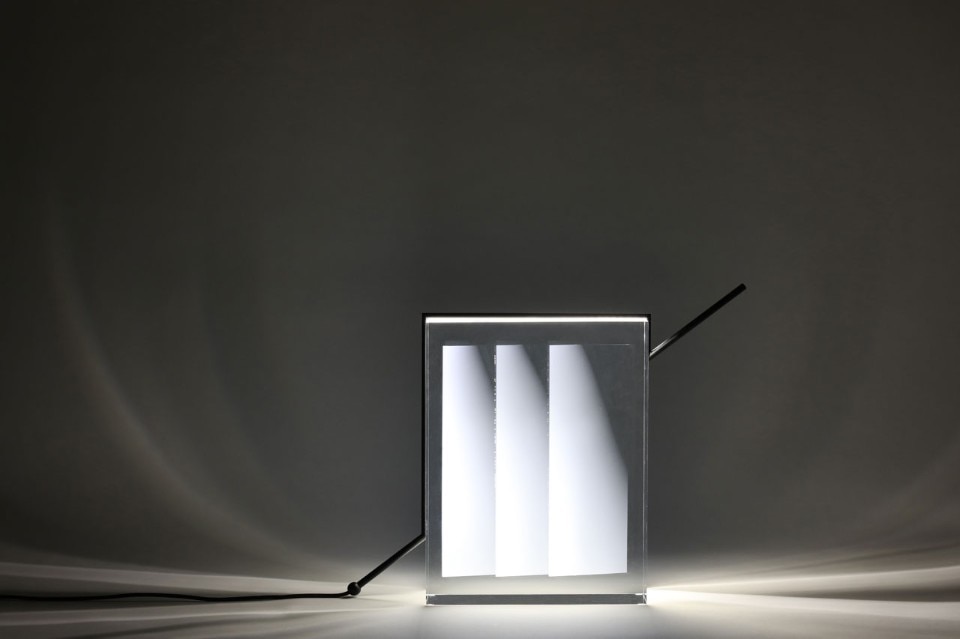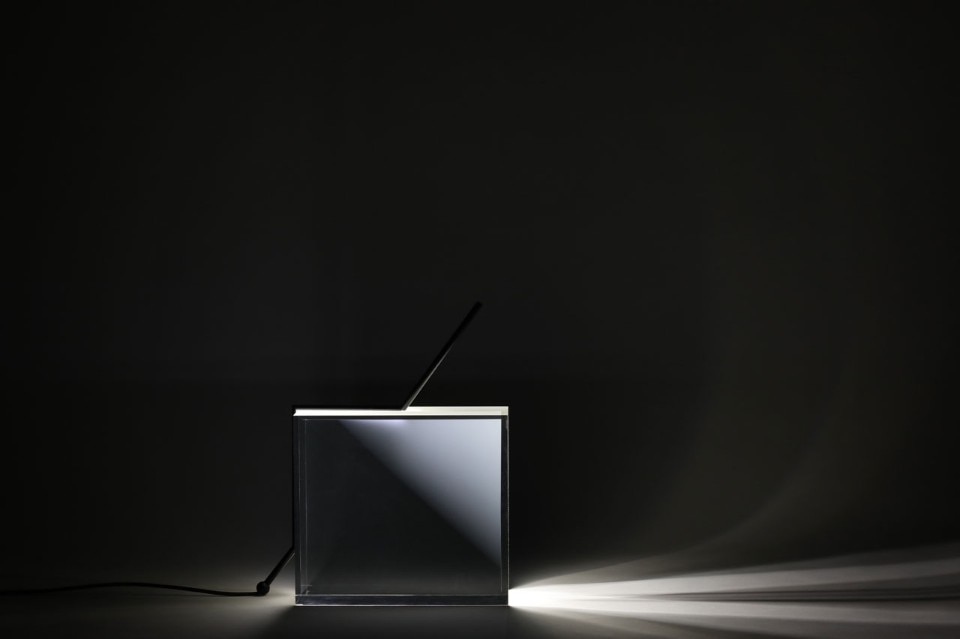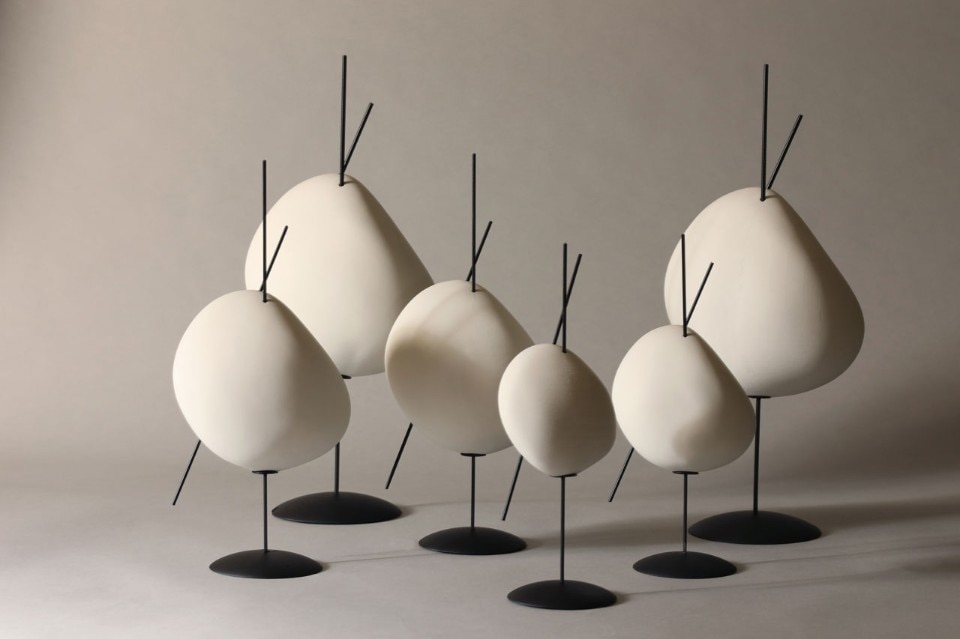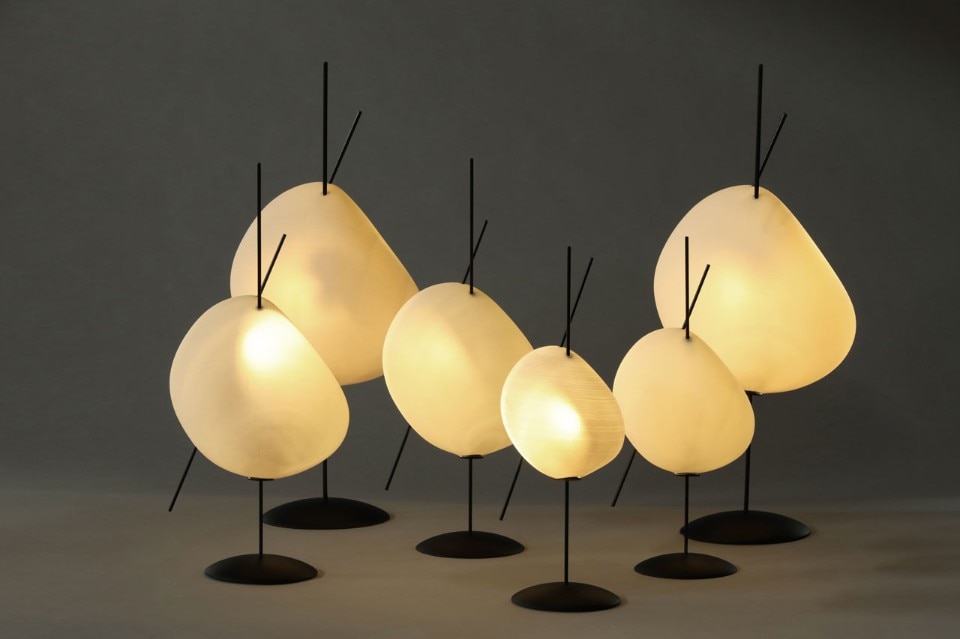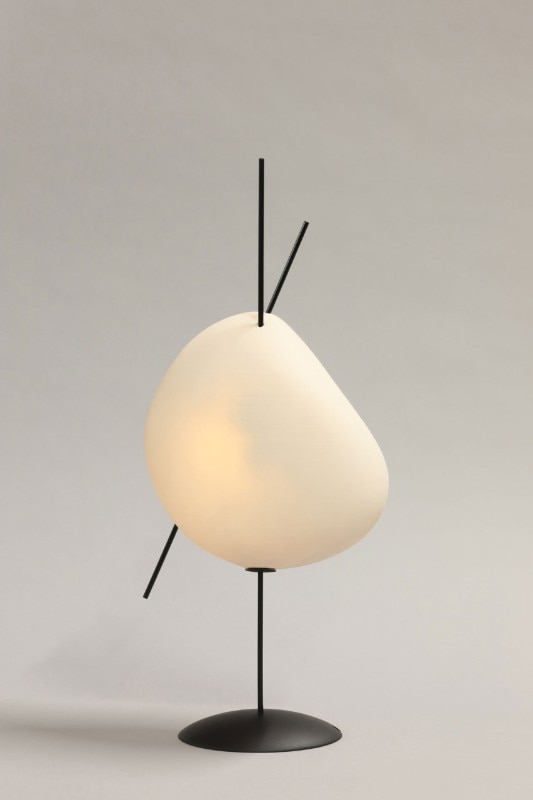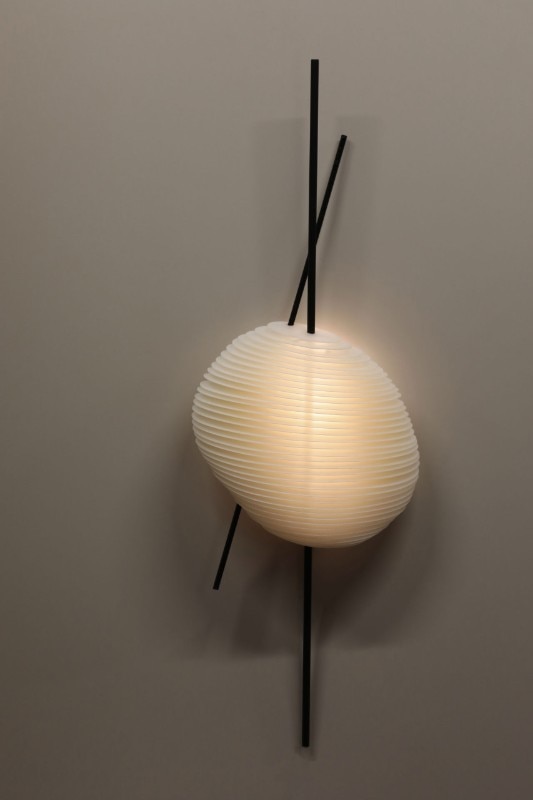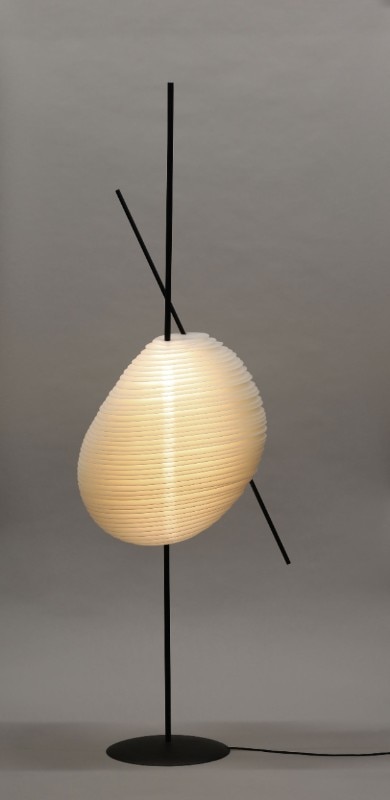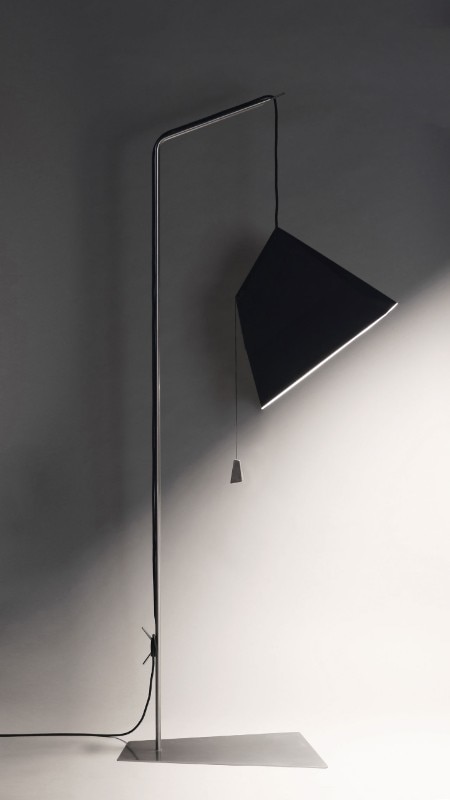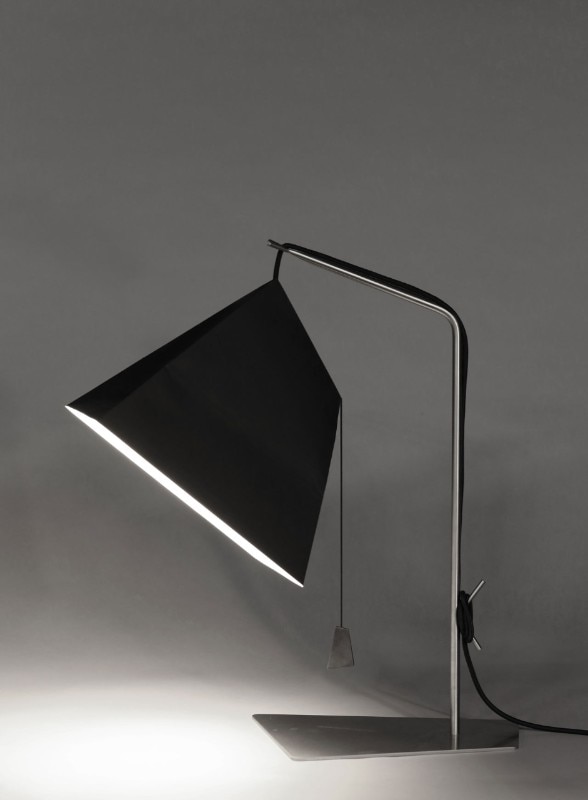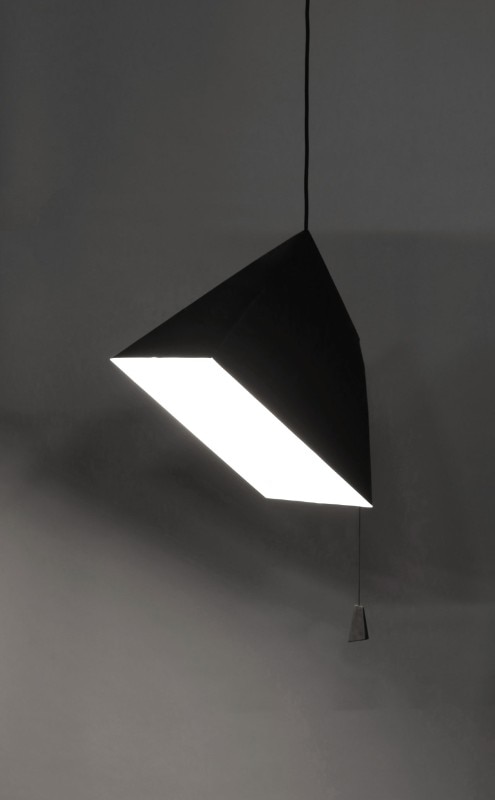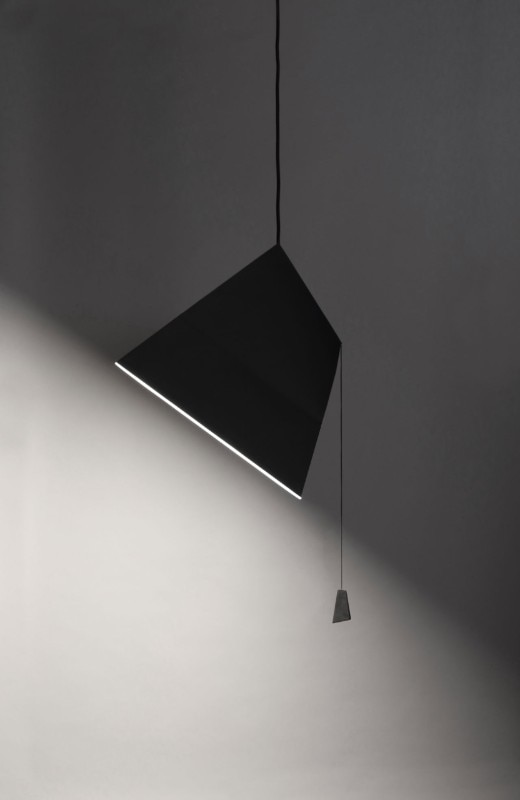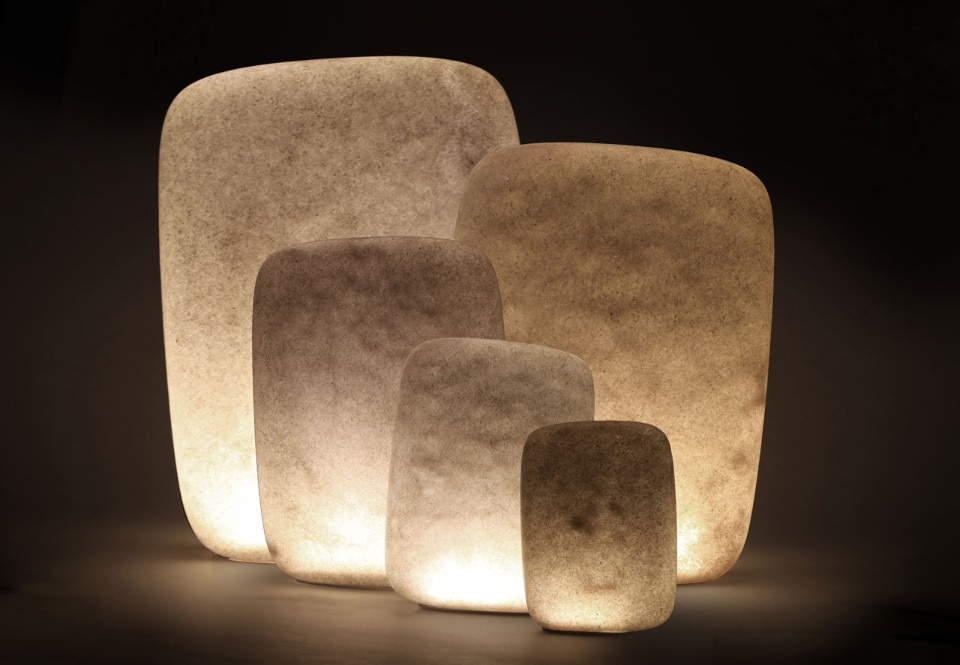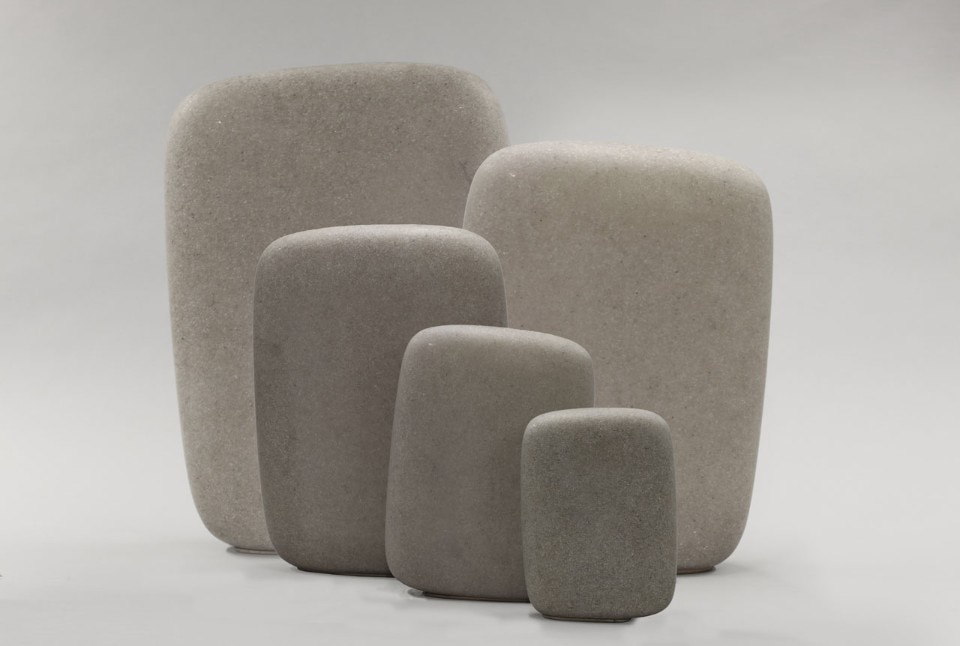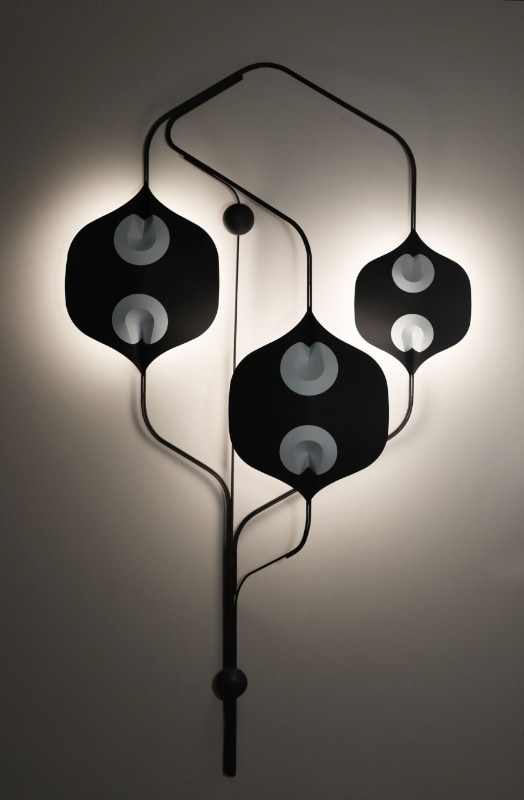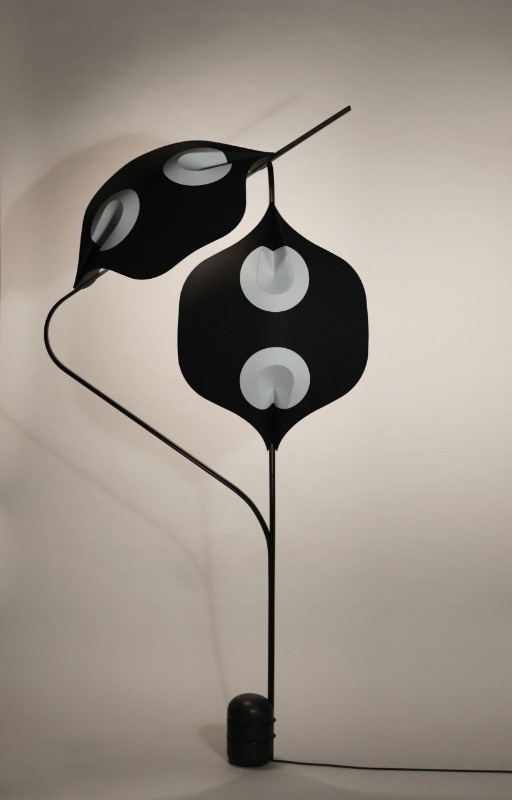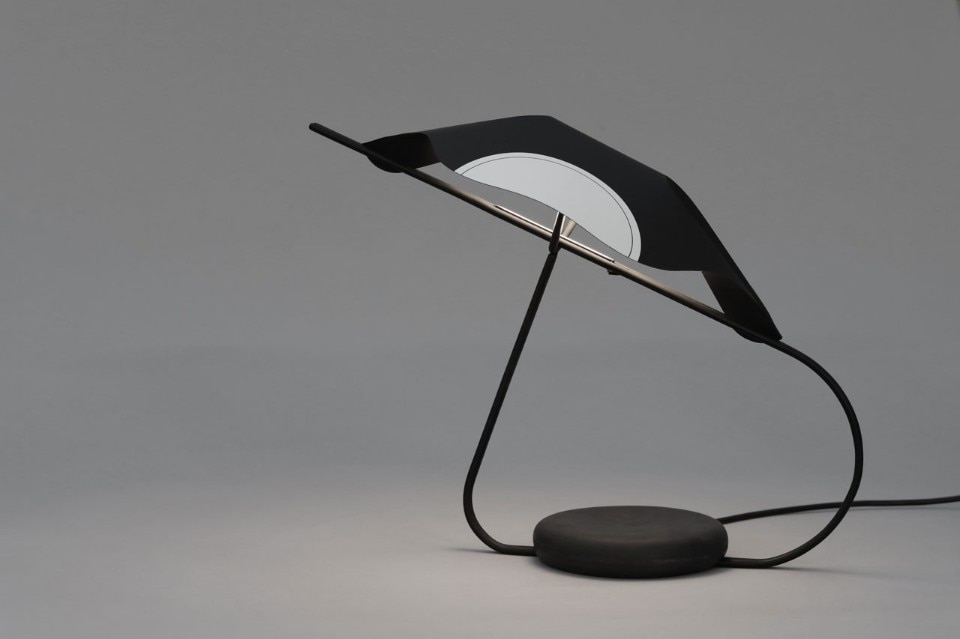Noguchi’s whole oeuvre, from landscape projects to interiors, from product design to set design, was an extension of his research into sculpture. In the same way, his Akari lamps are not design objects, but the result of the artist's research into a broader concept of space and light as design materials. For the first time they are the subject of two exhibitions at the Noguchi Museum, New York: “Akari. Sculpture by Other Means” and “Akari Unfolded: A Collection by YMER&MALTA”. Akari creates an almost immaterial space, constructed with a few elements - washi, bamboo, metal – assembled always with the same craft skill, but with endless imperceptible variations. They are extremely simplified, so as to be able to enter into everyday life, but refined to the point of epitomising “the aesthetic tradition inherited from Japan, which creates no distinction between practical objects and artworks”. “For me, function was only an initial consideration; my main purpose has always been art as it relates to life. I work with the gamut of possibilities. Inherent in Akari are lightness and fragility. They seem to be a magical unfolding from the material world.”
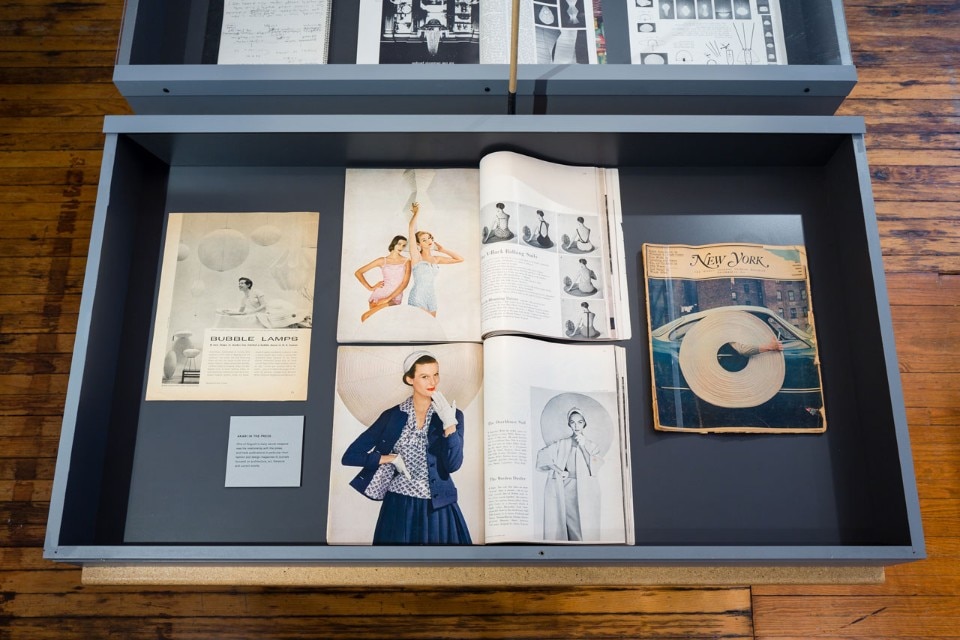
 View gallery
View gallery

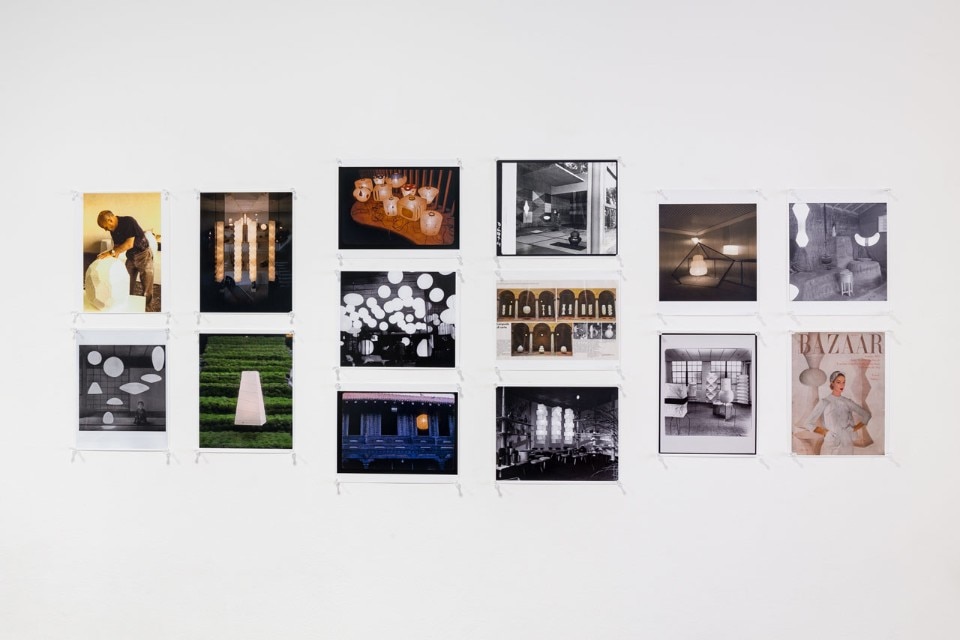
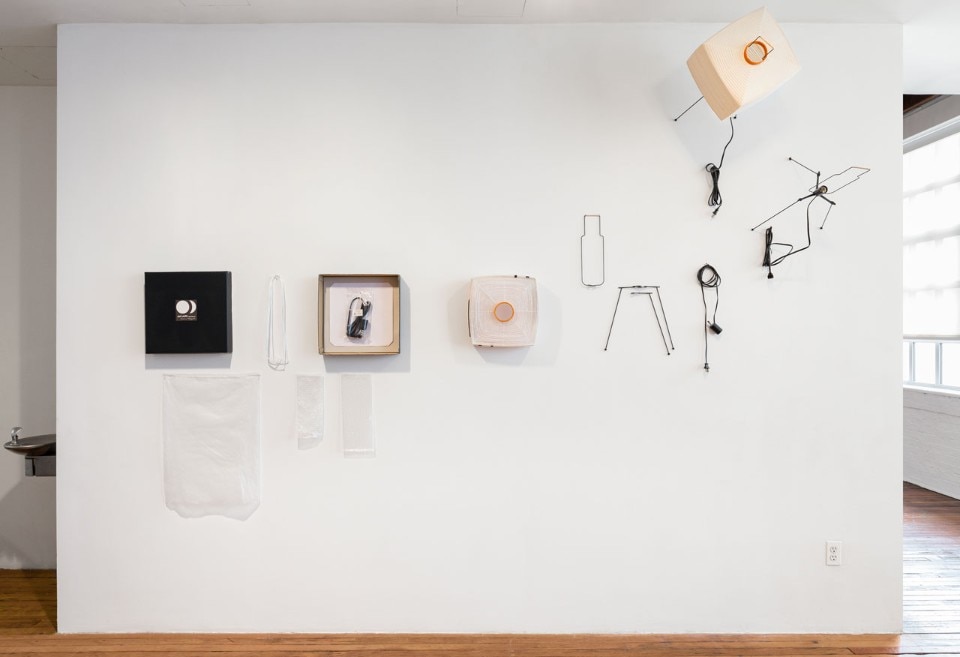
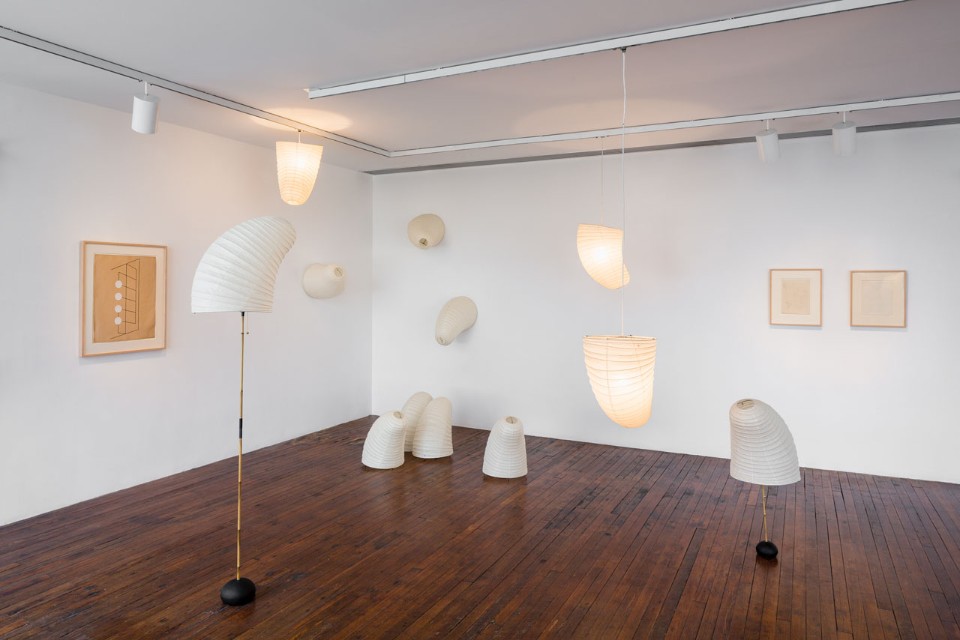
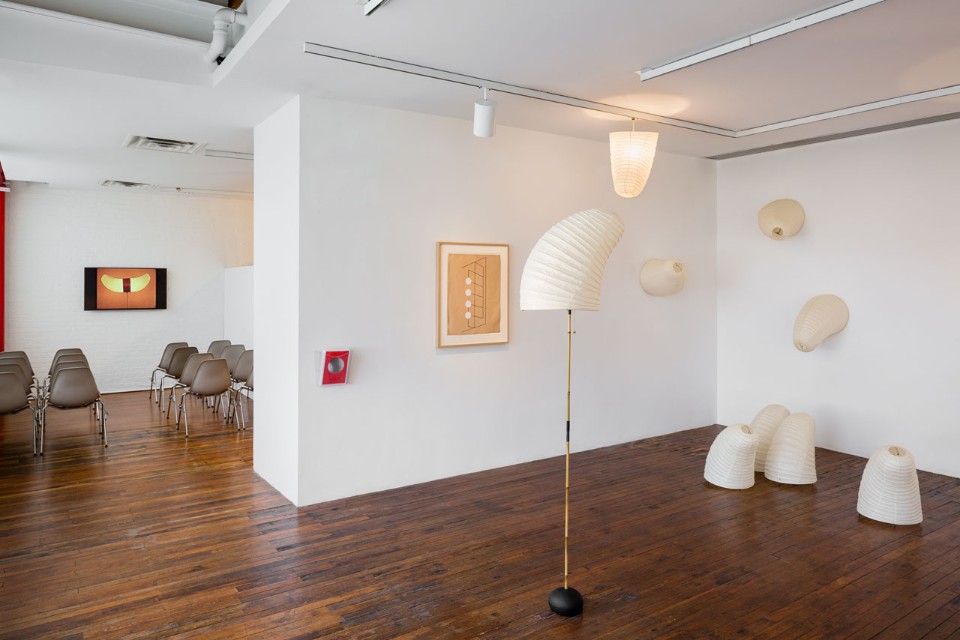
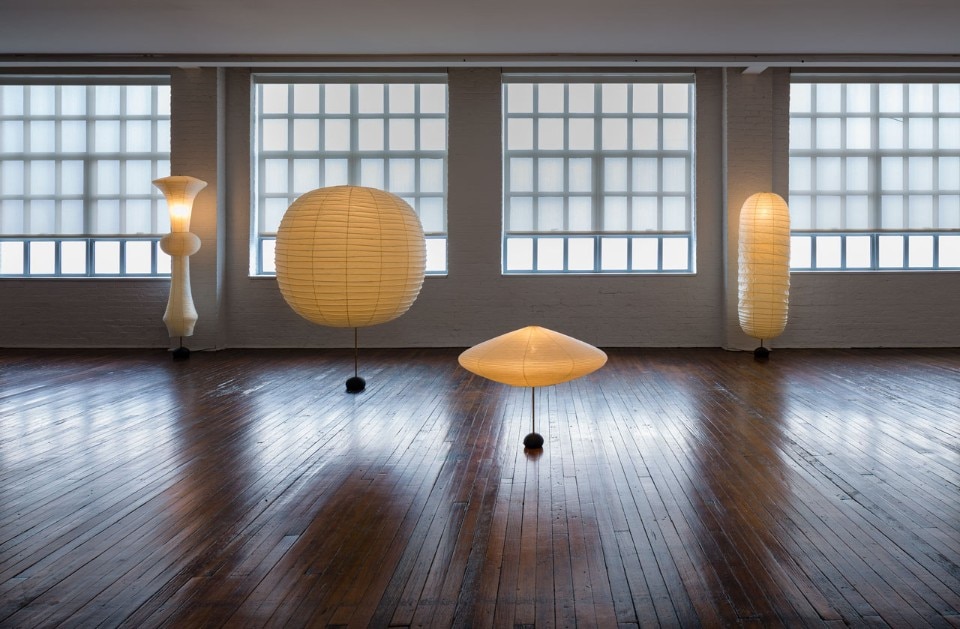
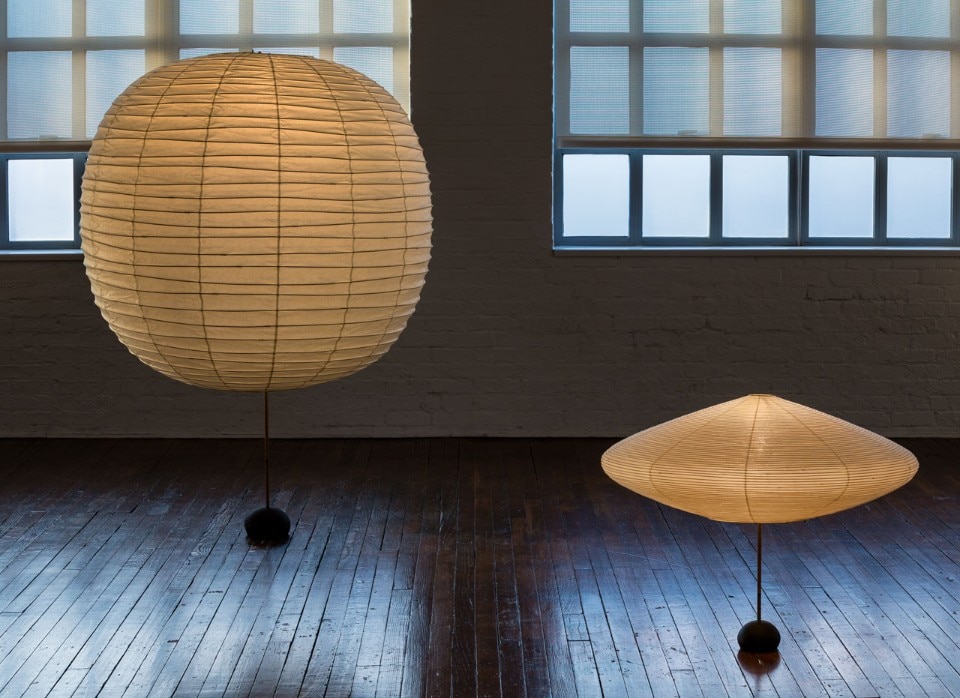
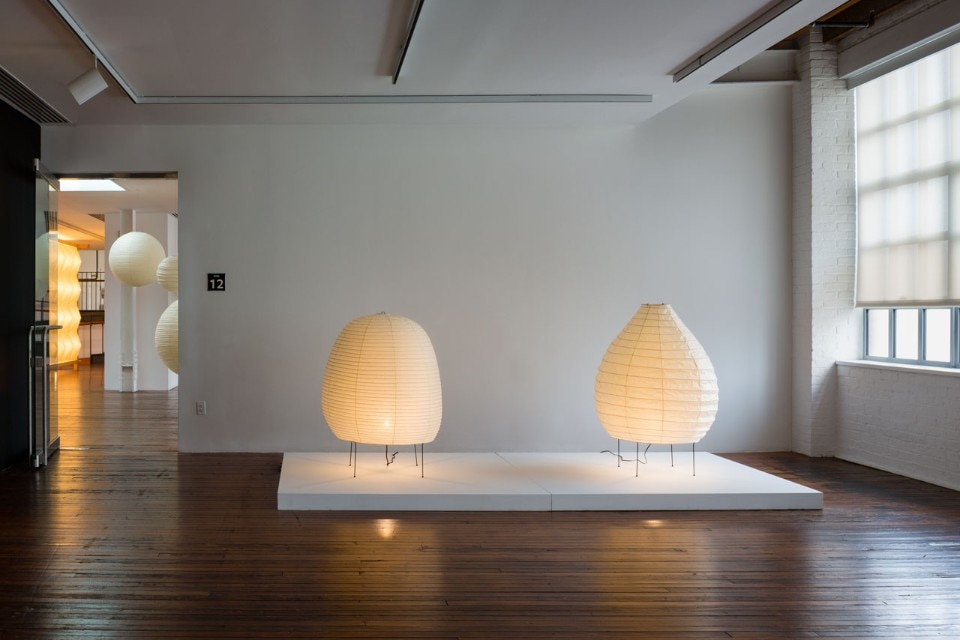
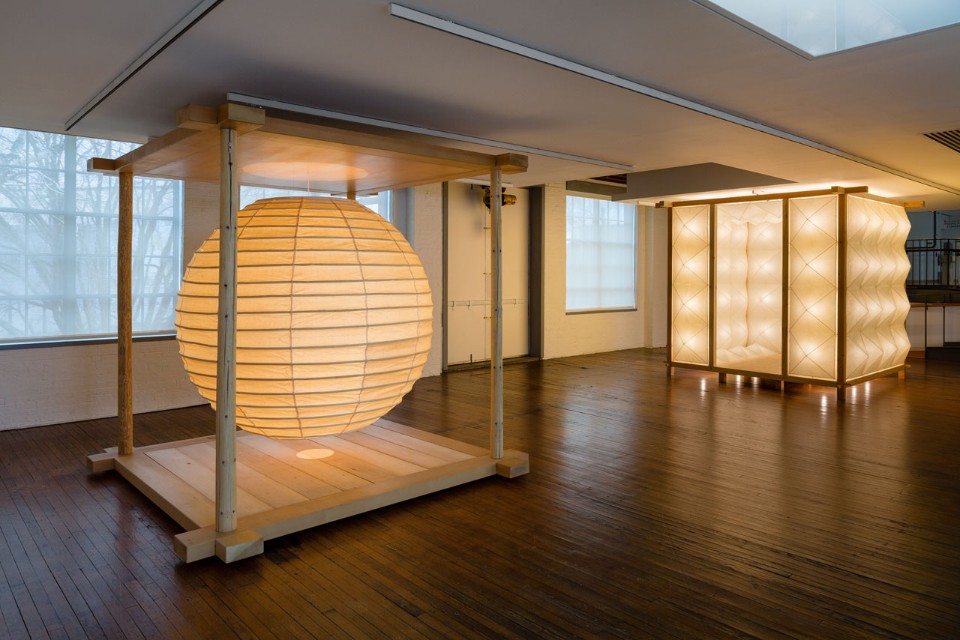
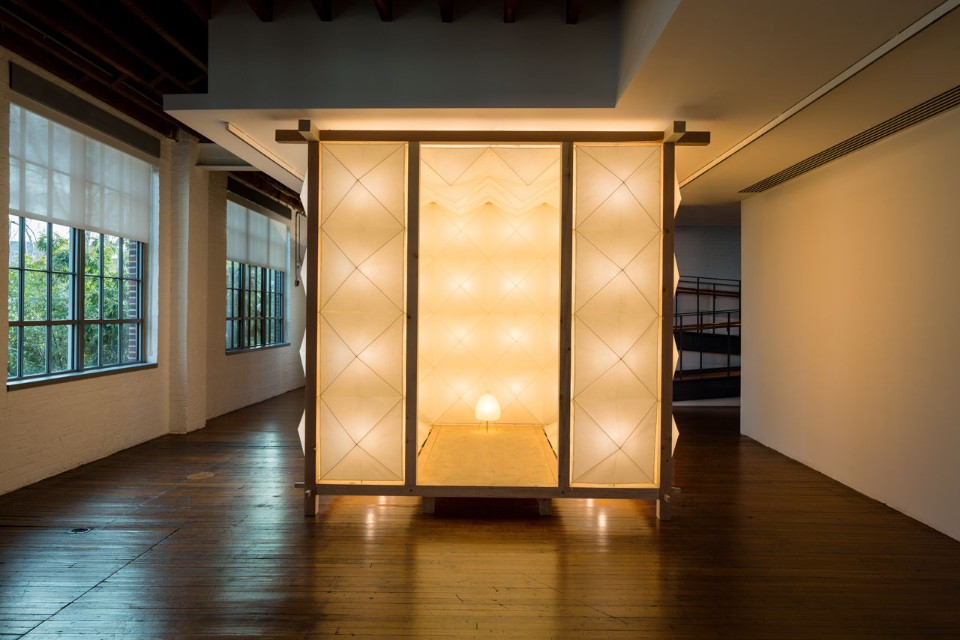
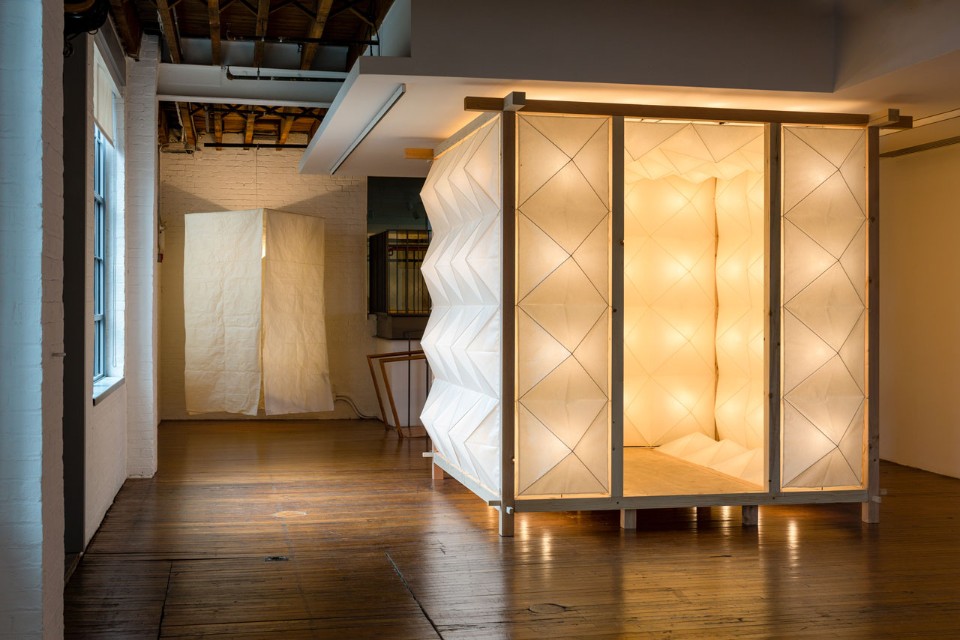
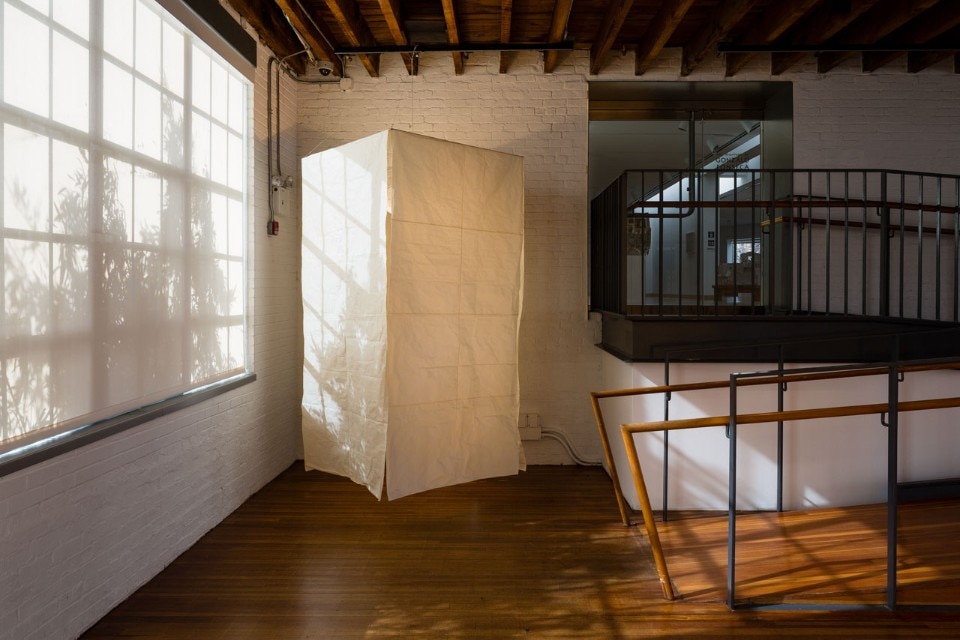
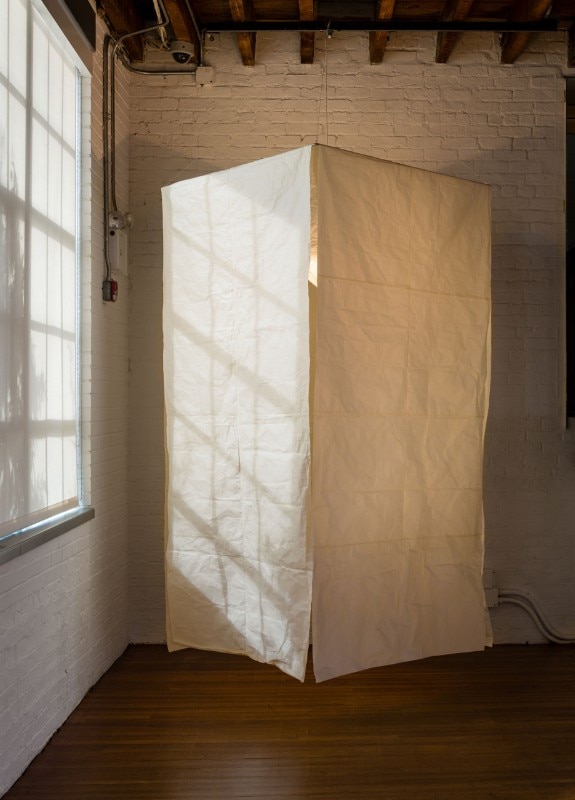
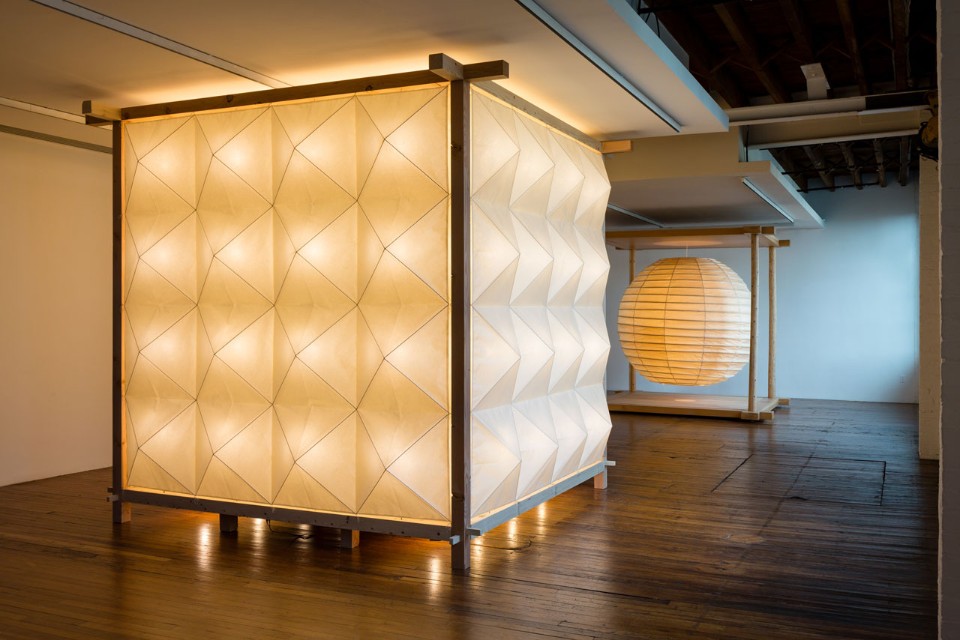
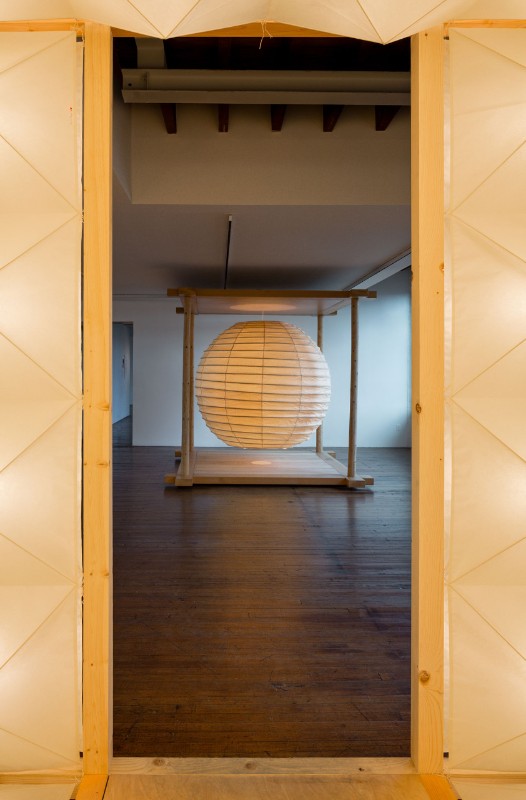
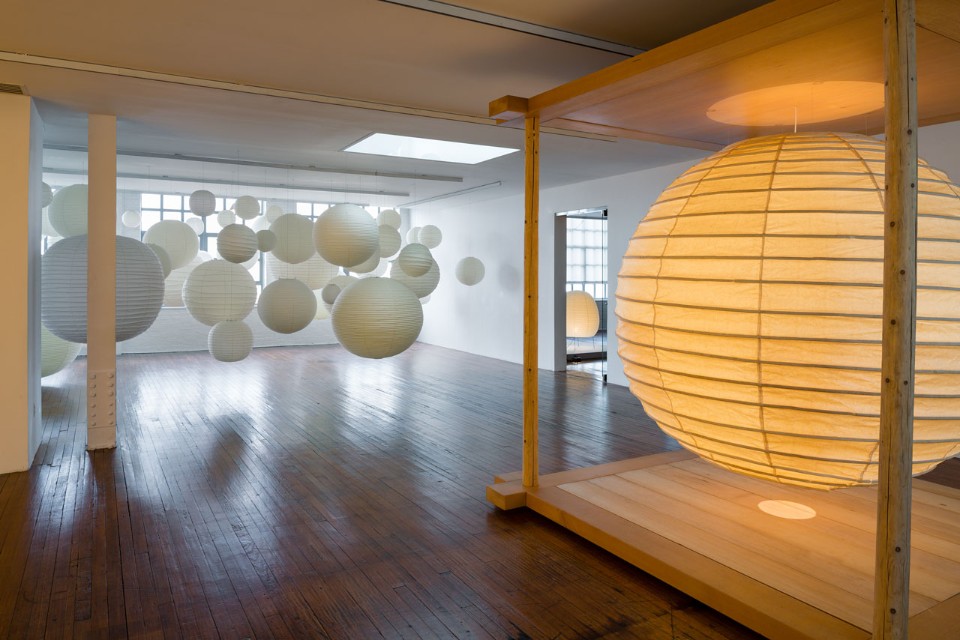
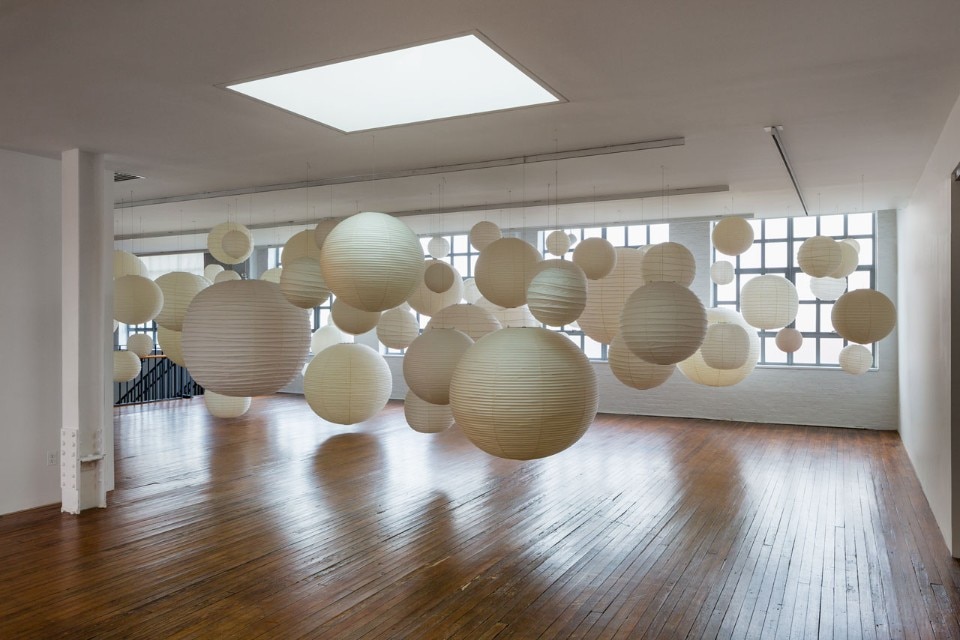
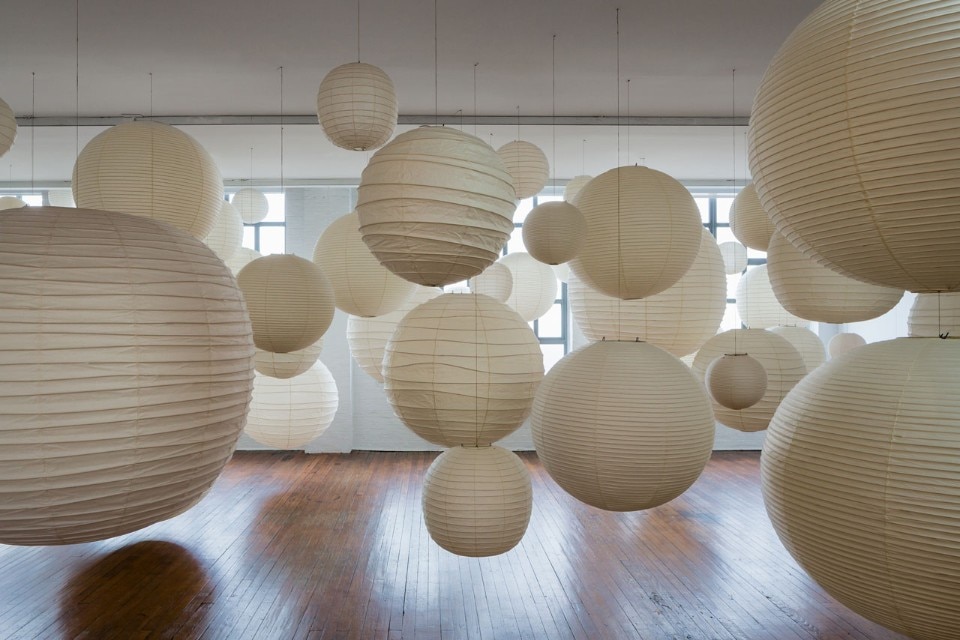
The ambiances reconstructed in the museum-garden commissioned by Noguchi before his death represent the essence of the Akari world (in Japanese the name means “light”). In the words of the curator Dakin Hart, “Each one is essentially a star at the centre of its own domestic cosmos. No matter where you put them, in a machine for living or in a cave – like our sun, they organise space, produce light, heat, and support life; and, generally speaking, represent the glorious unknowability of existence. All it takes, as Noguchi liked to point out, is one Akari in an empty room to generate the ineffable place-concept we call home.”
The whole Akari universe marks the passing of the hours in the museum’s rooms. (The staff’s task throughout the exhibition is to make natural light dialogue with the Akari lamps in the transition from day to night.) From the marvellous “cloud”, a landscape of 94 spherical Akari ceiling lamps of different dimensions inspired by Man Ray’s Obstruction (1921), an imitation and tribute to nature in its superimposition of forms and structures in movement, we move on to a second ambiance where forms differing in scale, size and structure coexist juxtaposed on a free plane. A third area is devoted to archival materials and displays the wooden matrices used to shape the paper. (Washi is a term indicating traditional Japanese paper, whose uses include making shōji, the partitions in the traditional tatami rooms). Finally, visitors can admire the two ambiances where Noguchi sets the design object in a new project dimension. Emblematic of Noguchi’s dualistic thought, “rooms” PL2 and 200D are installed facing each other: in this dialogue between void and solid, suspended between lightness and materiality, we perceive the process by which light is transformed into space.
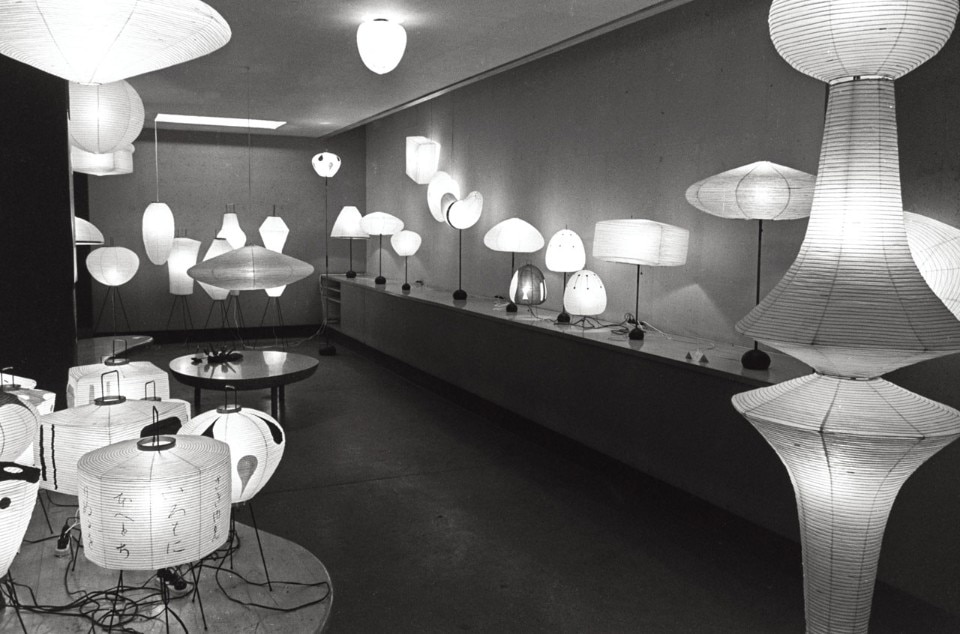
 View gallery
View gallery

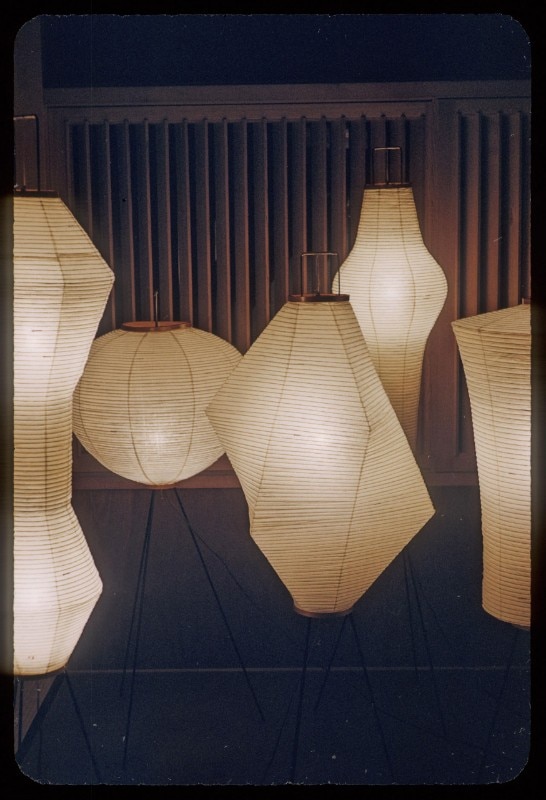
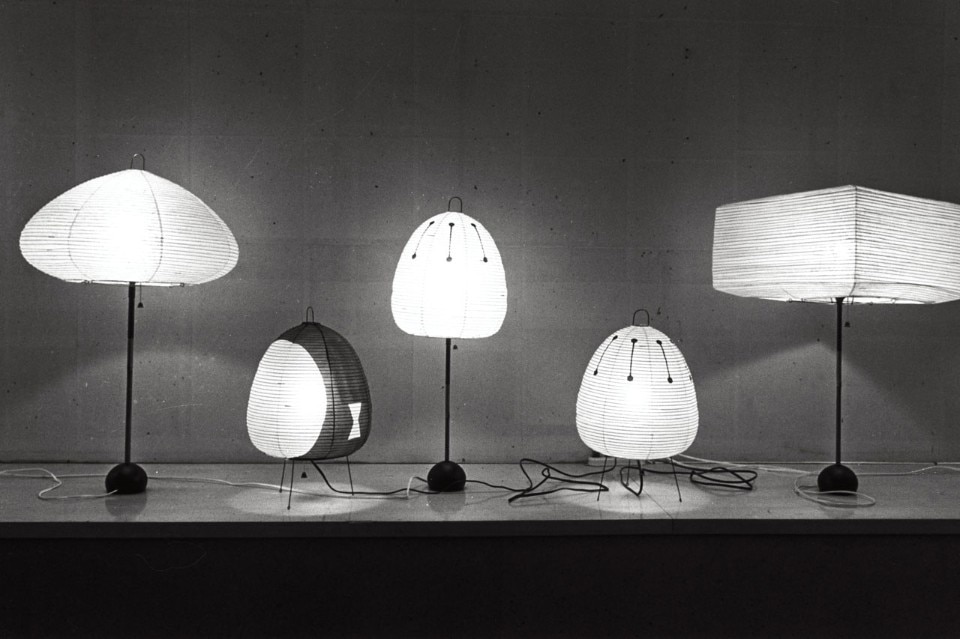
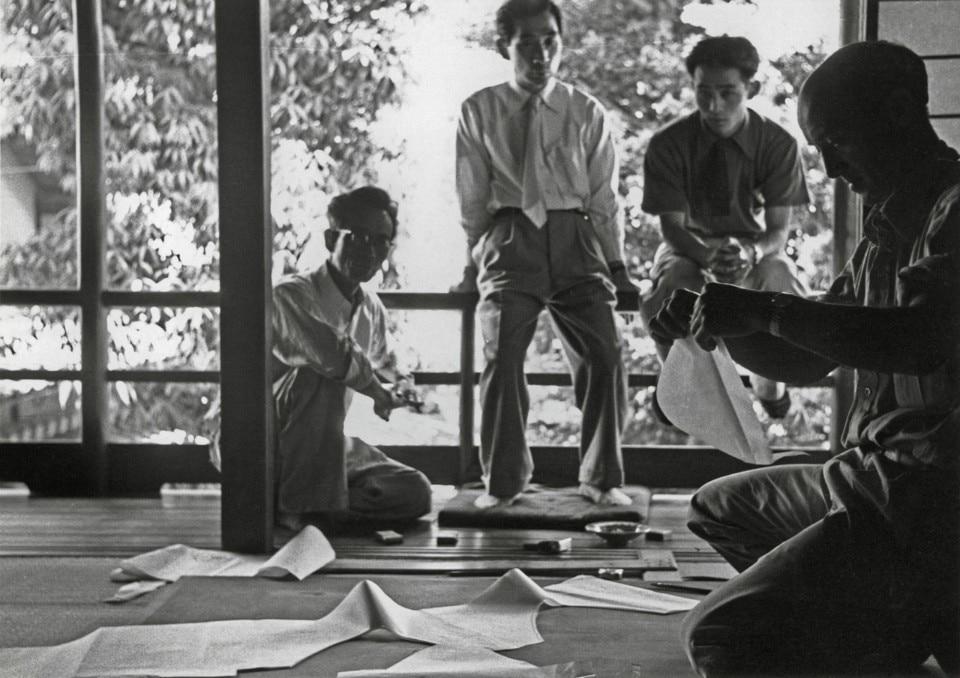
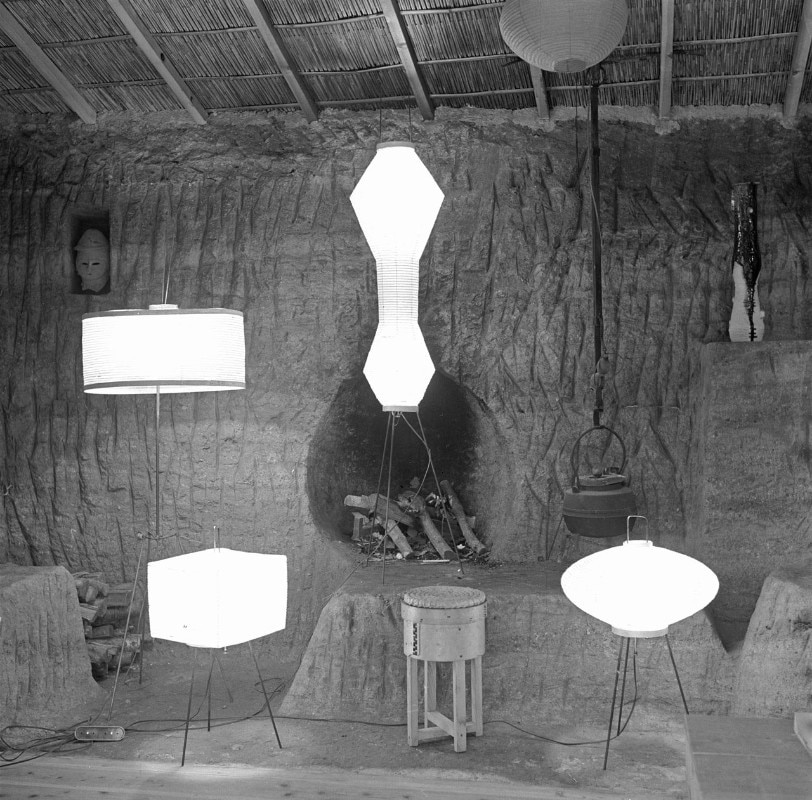
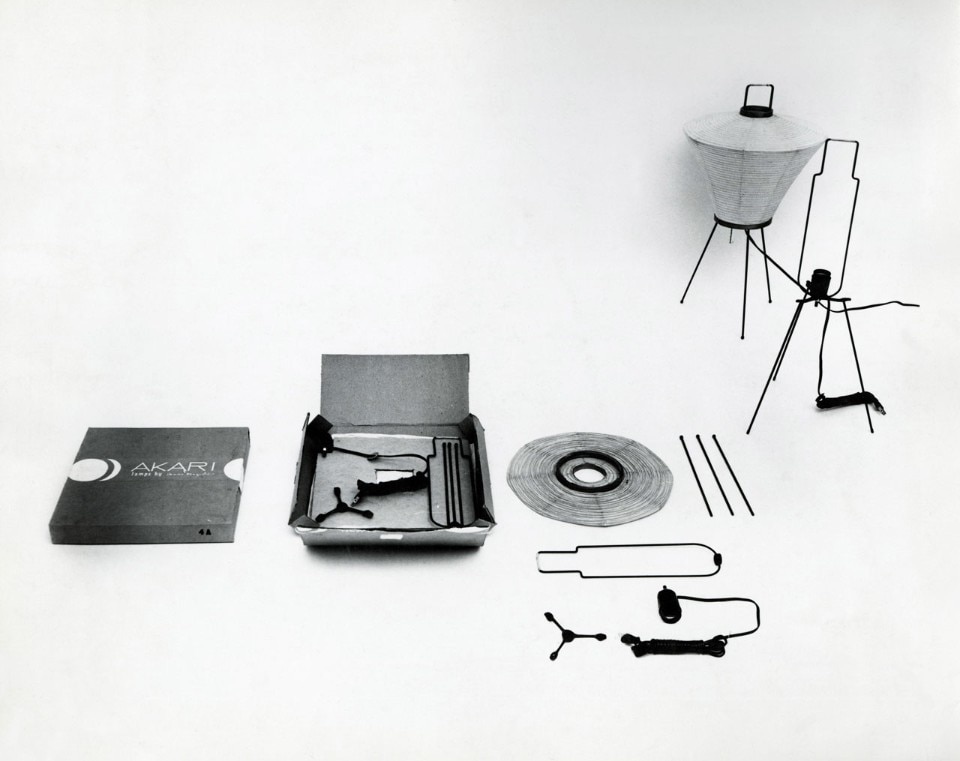
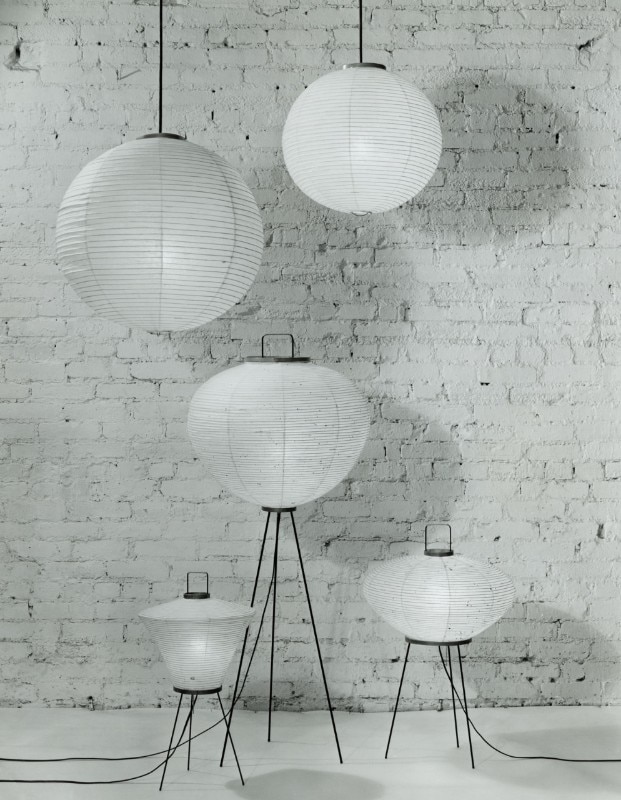
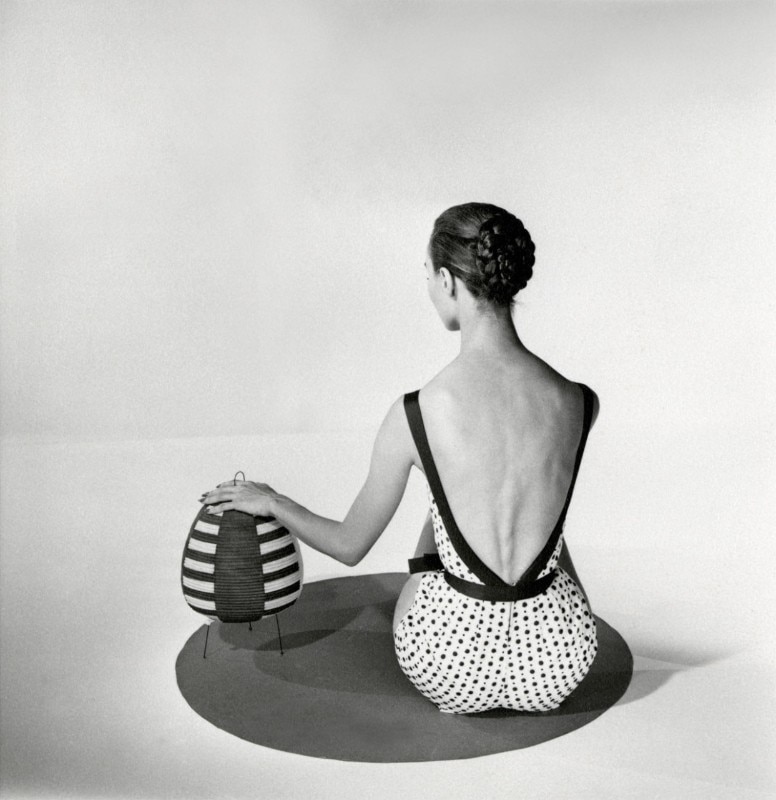
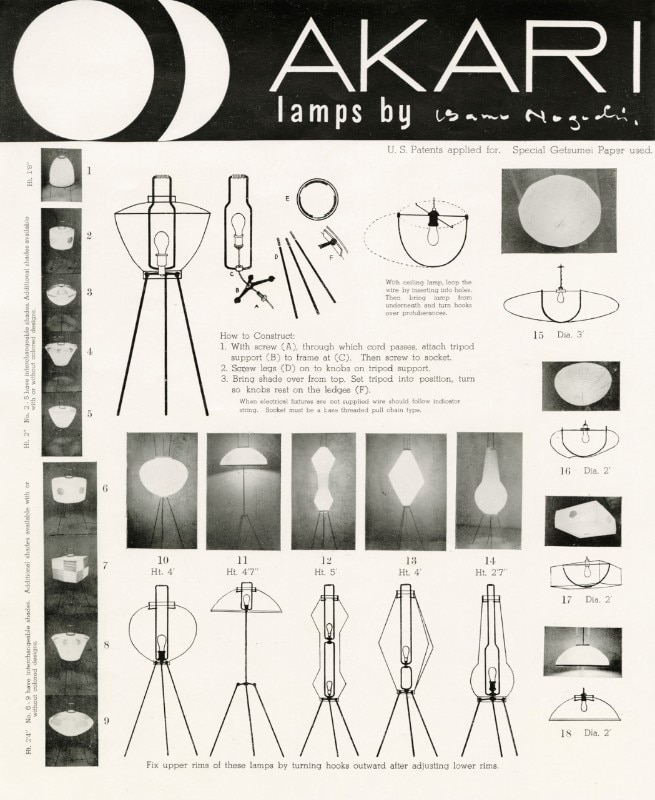
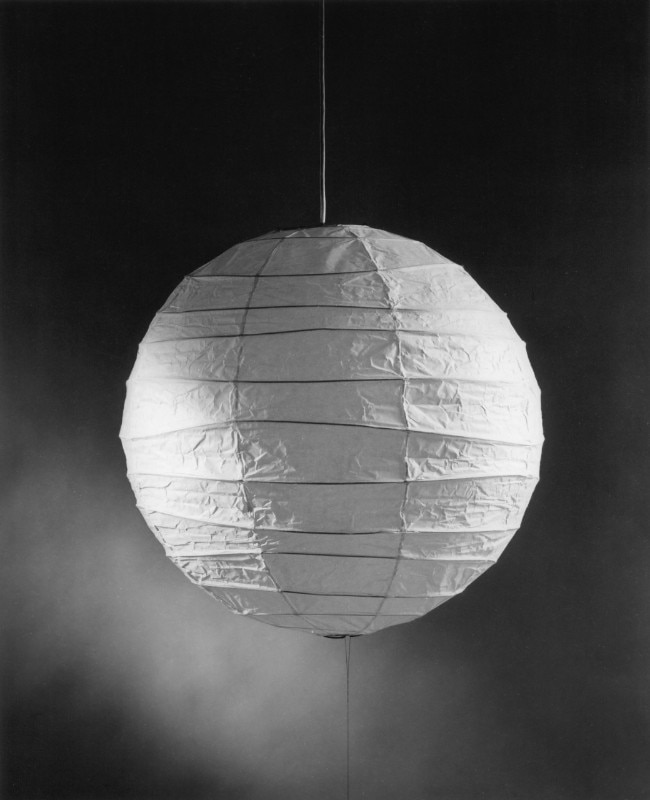
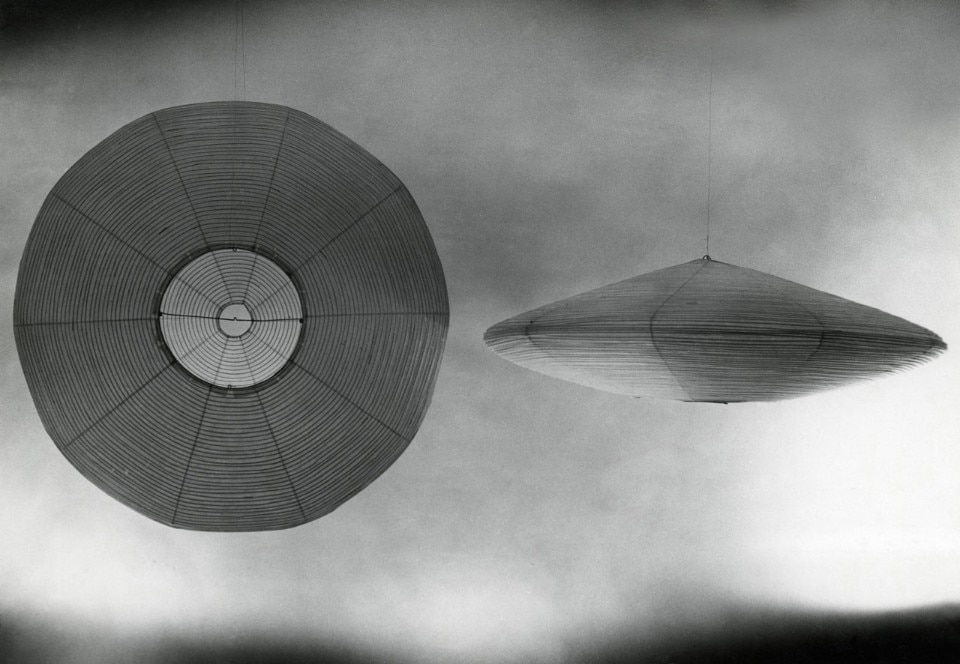
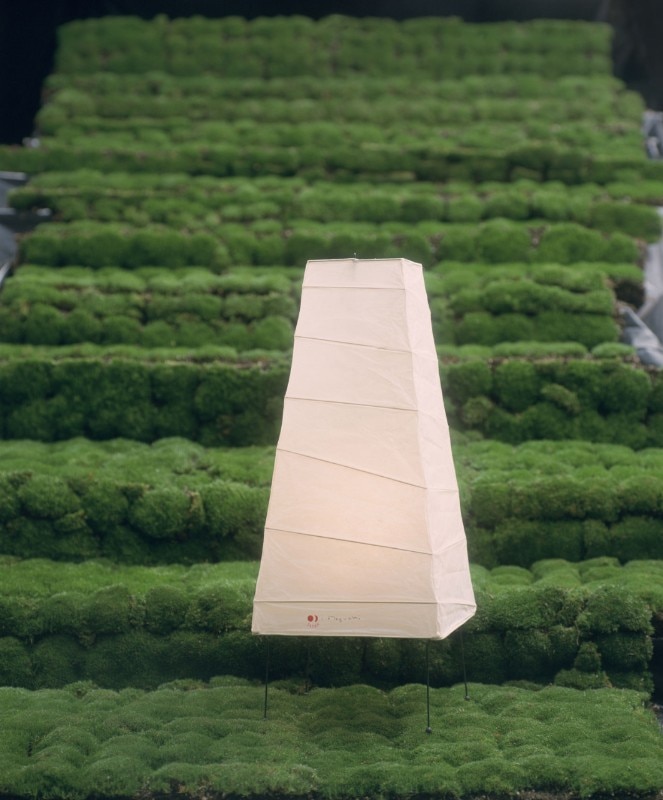
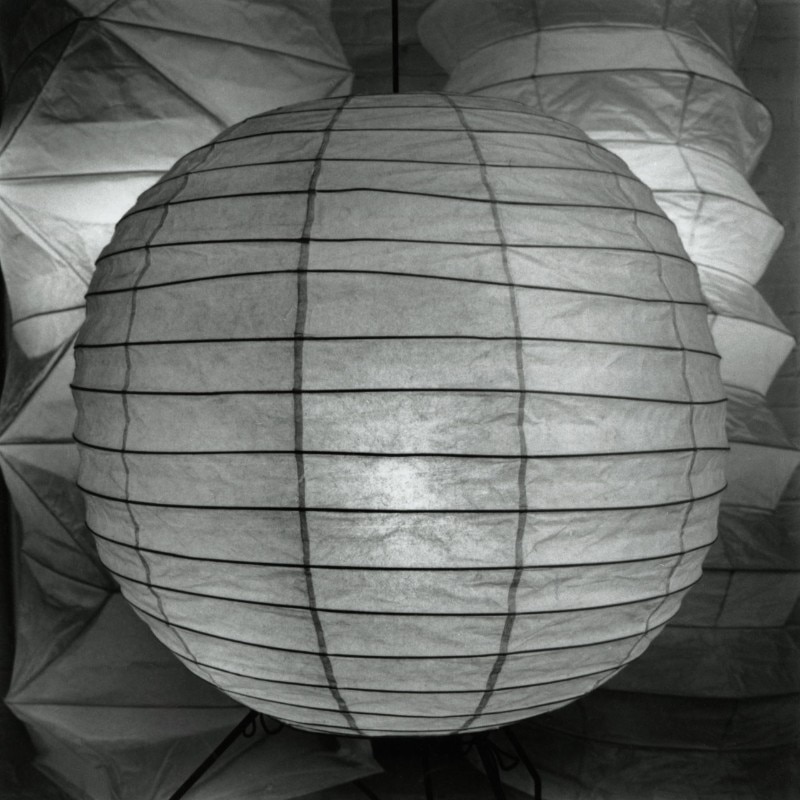
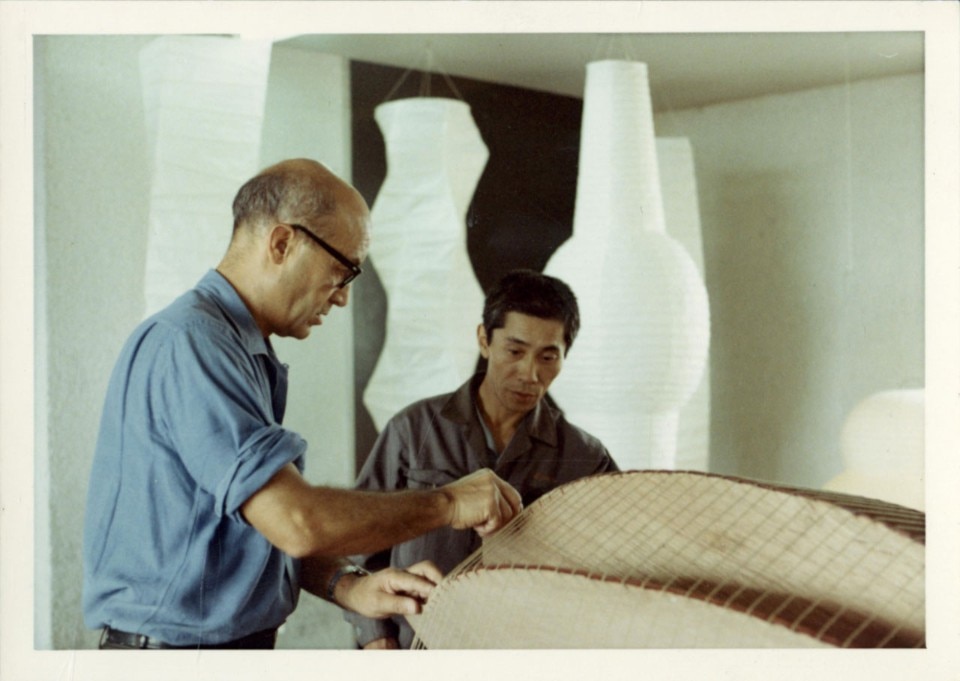
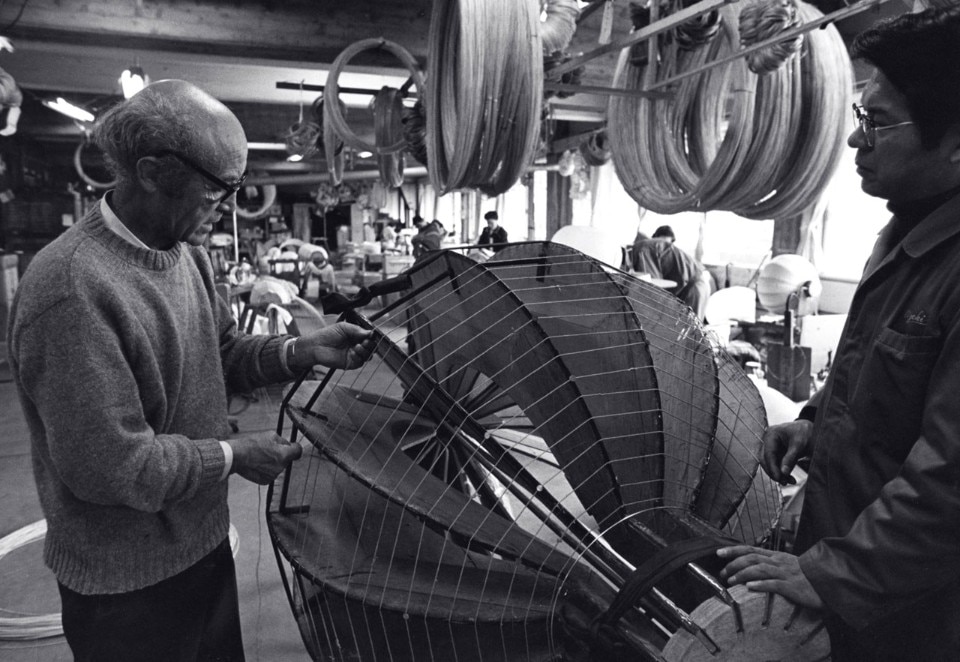
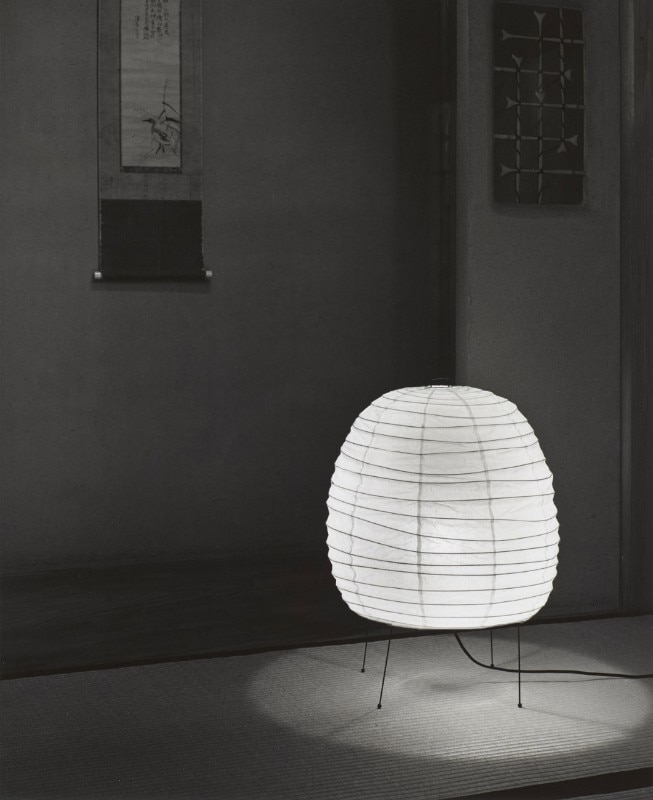
Akari 20N
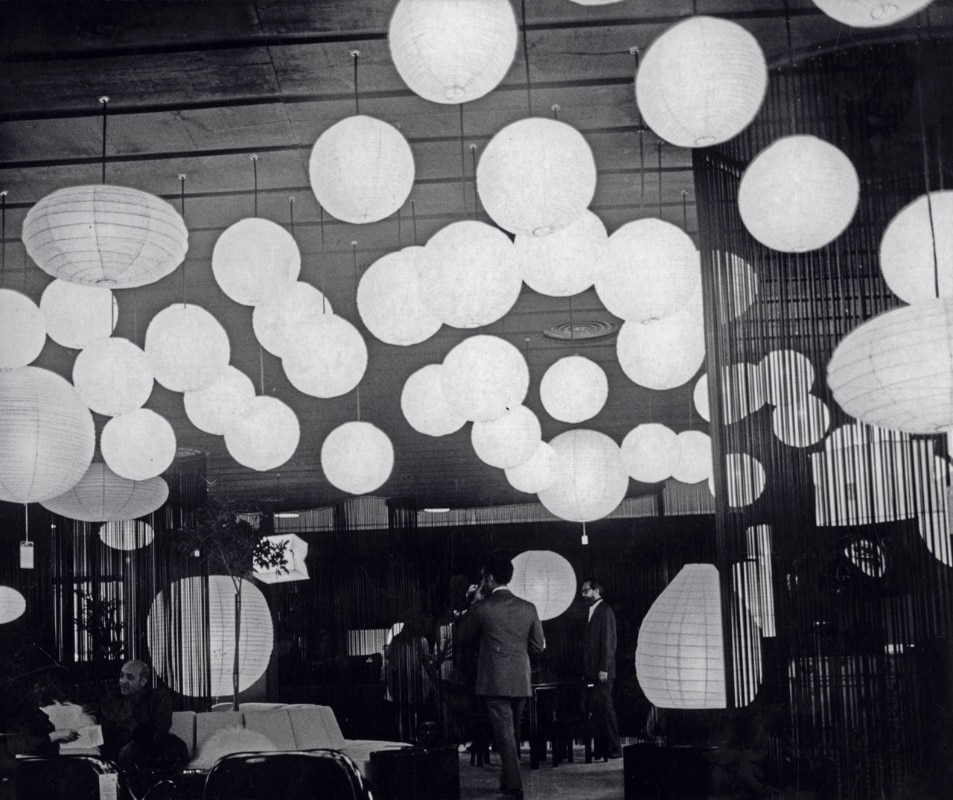
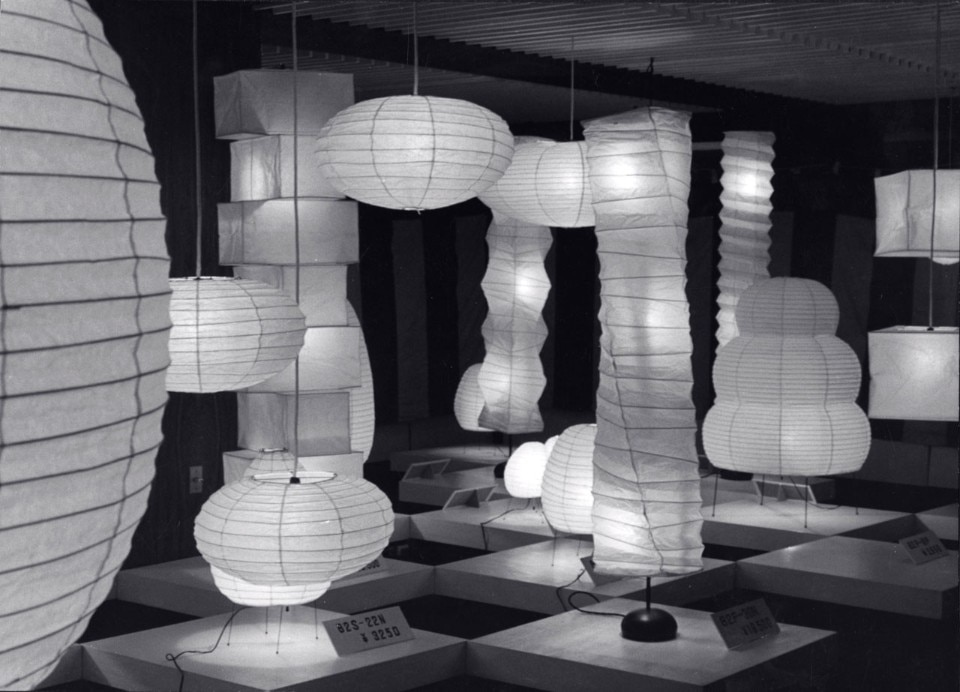
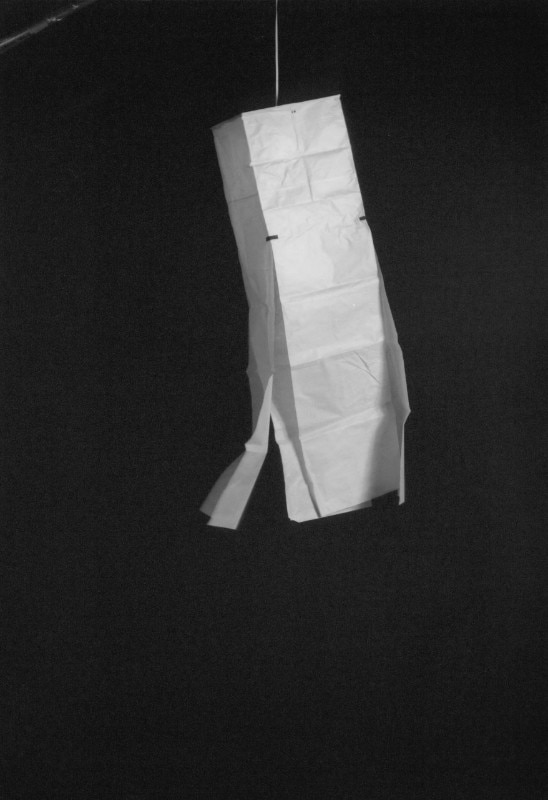
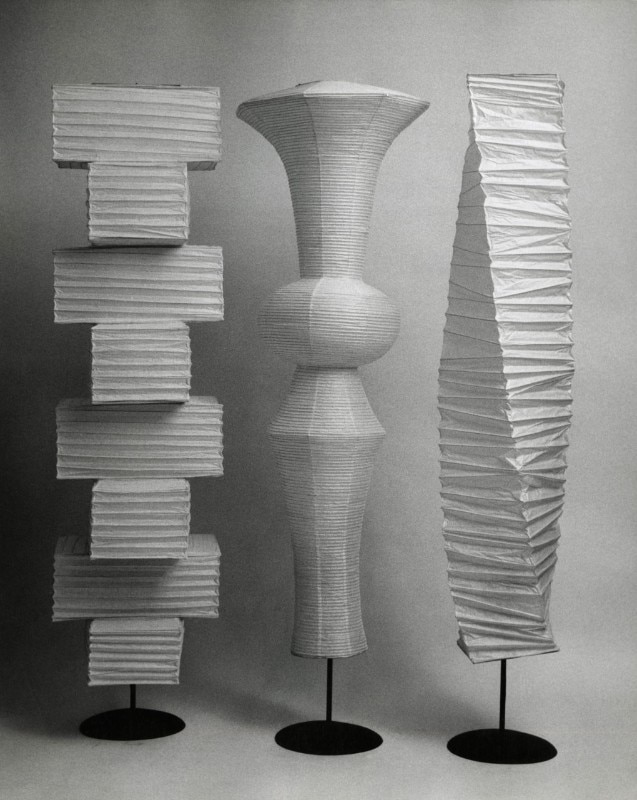
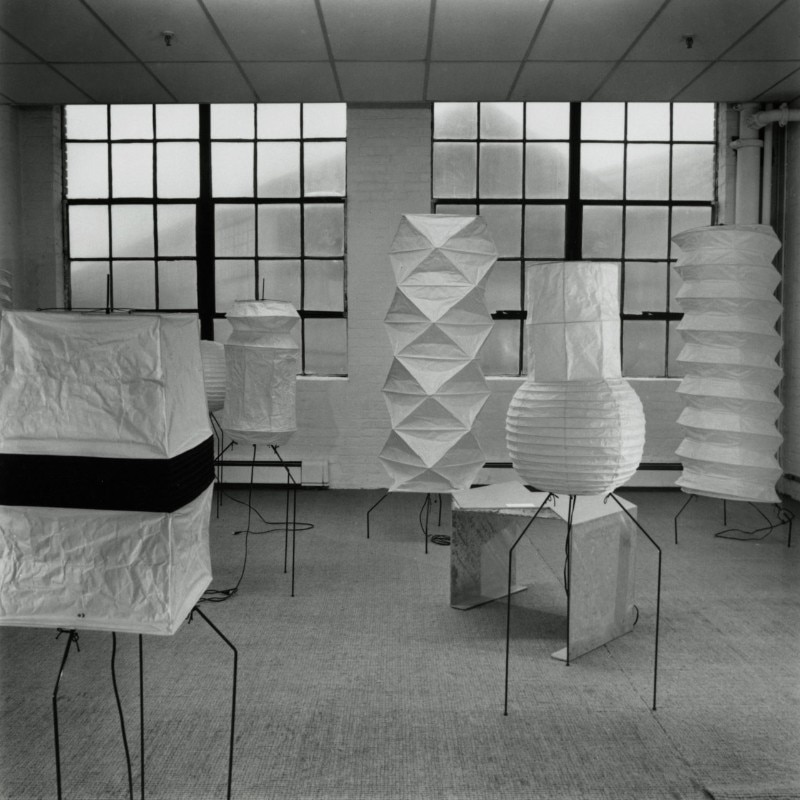
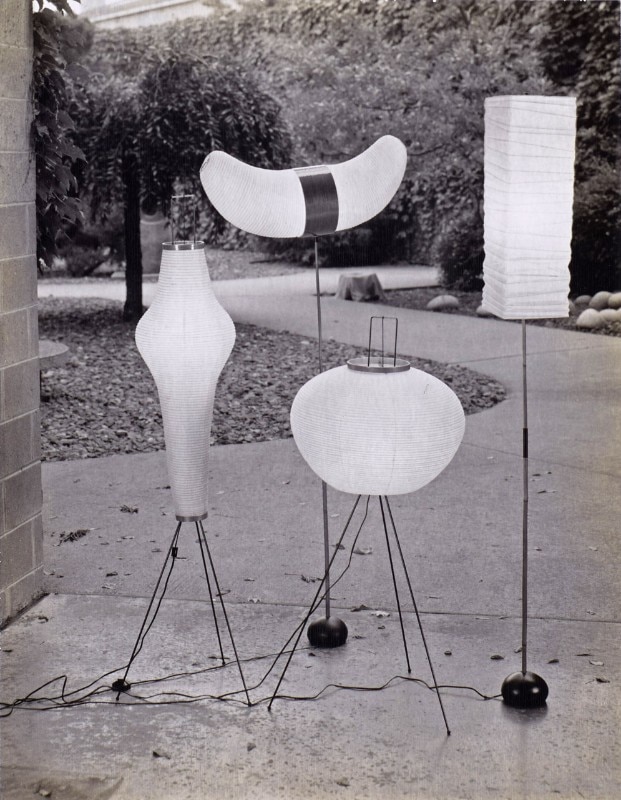
Polaroid of Akari at INFGM
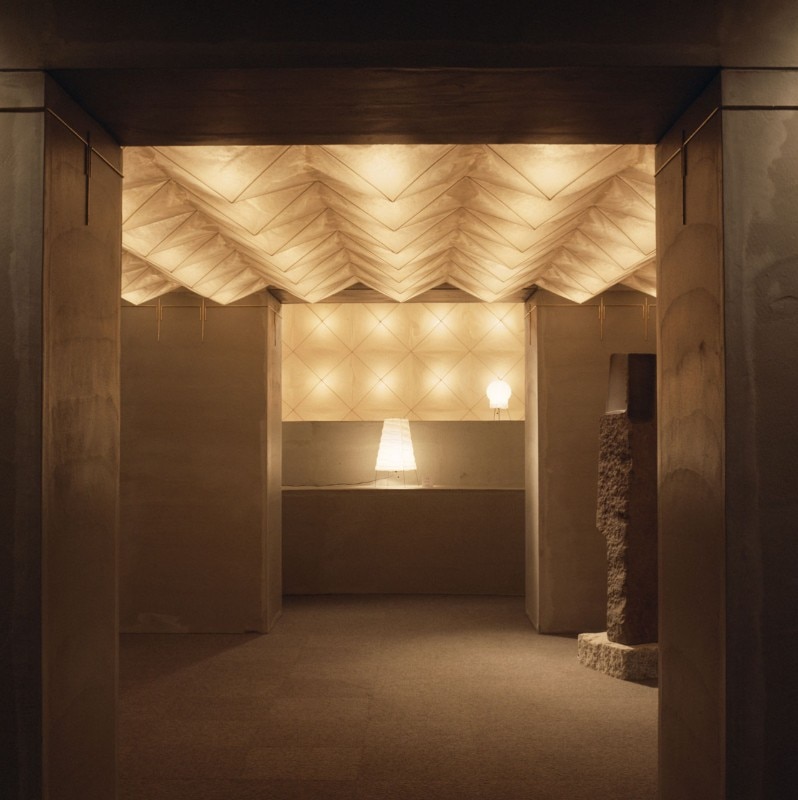
In search of a way to distance Akari from a simplistic classification as objects, in the seventies Noguchi created a system based on a module measuring 2 x 2 feet and backlit, usable in any direction: horizontally it becomes a ceiling lamp, vertically a wall lamp. The room created specially for the exhibition, an 8-foot cube supported by a wooden structure covered by 13 Akari PL2 modules, shows how Noguchi’s idea can be used in a radical way. Its modularity mimics the “variation and repetition of basic structures” of nature. Its rational repetition transforms it from an object into a built environment (or “space-light modulator”, to use the term coined by László Moholy-Nagy).
The Akari 200D was made for the American Pavilion on the occasion of the 1986 Venice Biennale, in the exhibition Noguchi provocatively titled “What is Sculpture?” It was installed together with 34 other Akari lamps, 13 of them designed specially for the Biennale and signed VB (Venice Biennale), with sculptures of marble and rough rock. Two metres in diameter, caged in a wooden structure (reproduced on the model of the original) and existing in only two examples, it is one of the largest cells of the Noguchi sculptural ecosystem and, once again, does not occupy a real space but defines an emotional one.
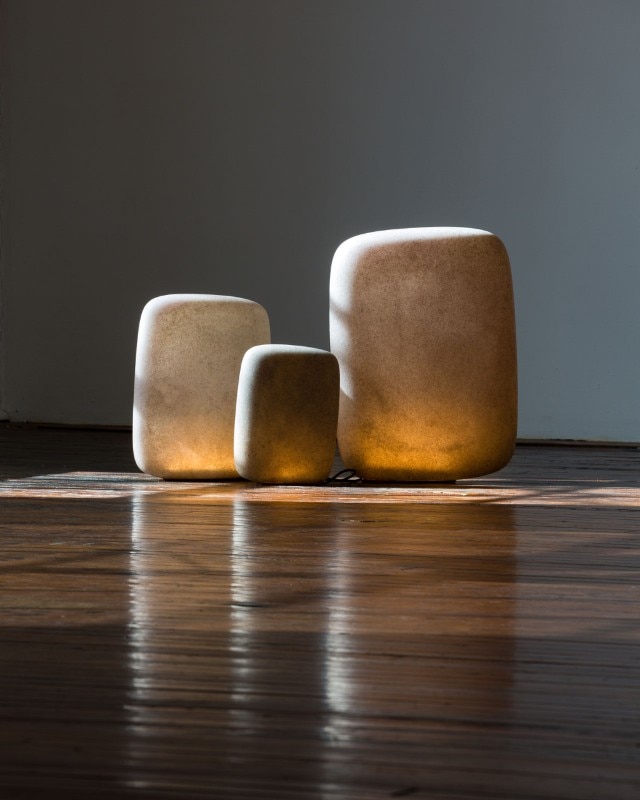
 View gallery
View gallery

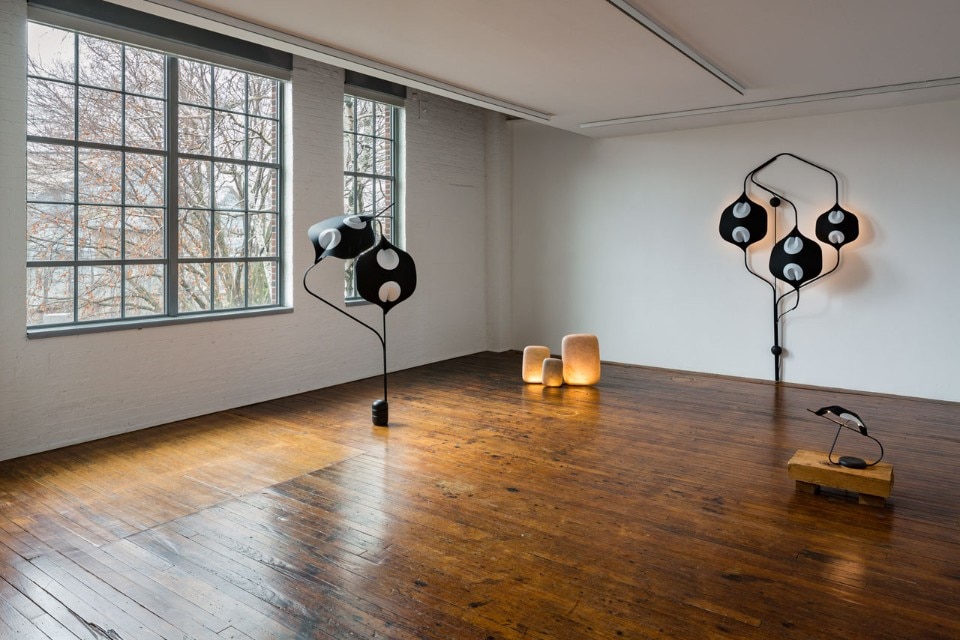
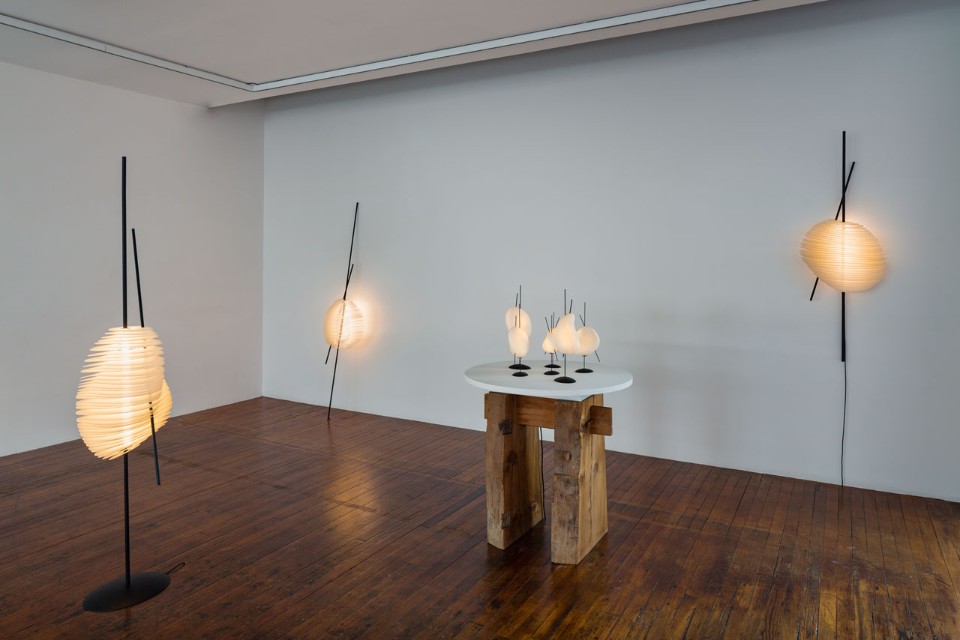
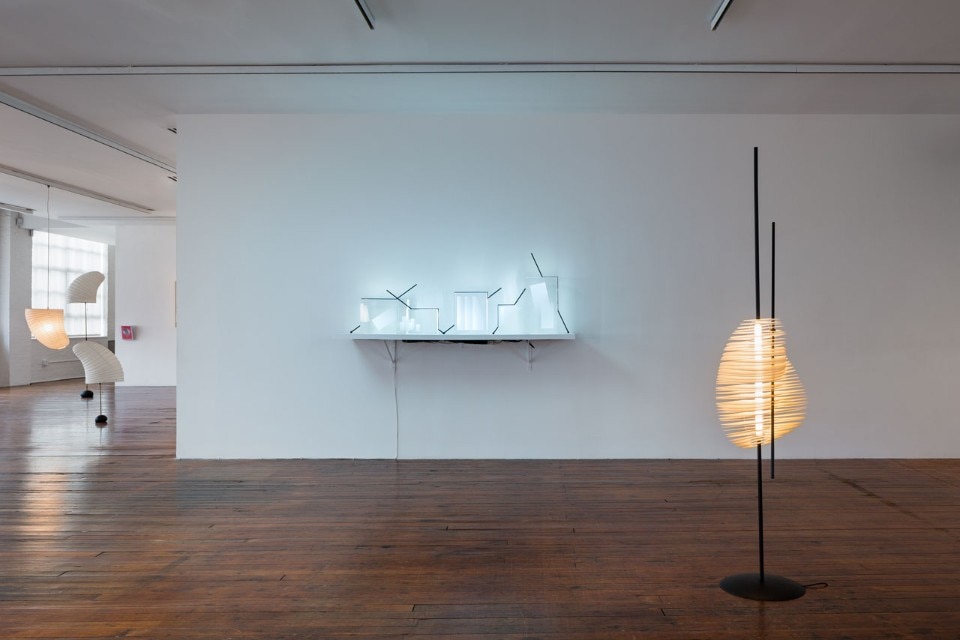
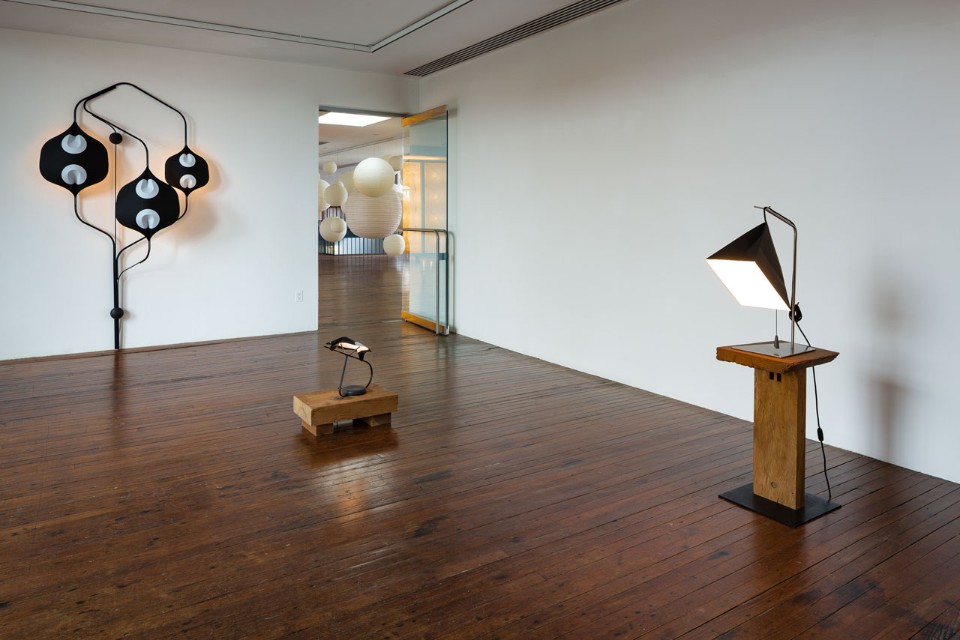
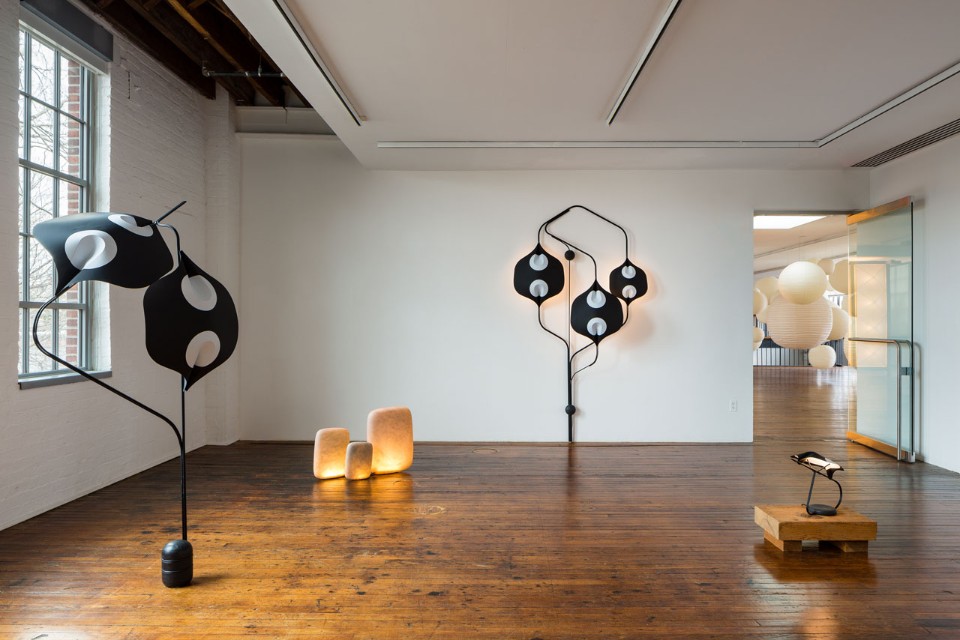






“Akari Unfolded: A Collection by Ymer & Malta”, is a parallel exhibition that explores the Akari universe, inspired by the principles that guided its design. Producing prototypes developed by six designers and numerous craft workers in less than two years, the studio founded by Valérie Maltaverne in 2009 investigated the relation in Noguchi’s work between light and material, as well as between production and craftsmanship, to which the designer devoted years of study.
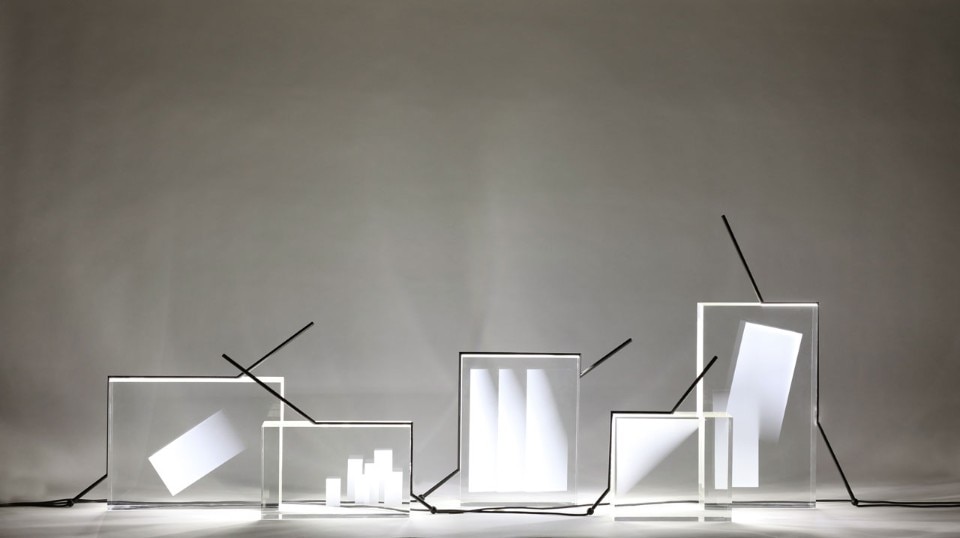
 View gallery
View gallery
Noguchi’s technological innovation was to add a universal element like electricity to a craft product inspired by lanterns for night fishing on the Nagara River. (Production of Akari began in 1951 in post-war Japan in the city of Gifu, where it is still made today and marketed worldwide.) In this way he maintained continuity with tradition and took the idea of diversification to an extreme, updating this small local product to suit a modern lifestyle.
Ymer&Malta start from the same assumption, the preservation of a craft dimension and the rejection of identical repetition on the industrial scale, and embody it in a contemporary key in experiments with materials and technologies: resin, linen and LEDs in Belle de Jour and Belle de Nuit by Océanie Delain and in Galet by Sylvain Rieu Piquet; paper and LEDs in Poise by Sebastian Bergne; metal cement paper and LEDs in edaLight by Benjamin Graindorge.
Perhaps the most emblematic design in this respect comes from the – significantly Japanese – Nendo office with Light Fragments. Fossilised in two plexiglass slabs, fragments of fabric are illuminated by a slender LED light concealed in a metal profile. The result is a crystal that seems to contain splinters of light of uncertain origin, a perfect combination of rationality and the emotional sphere of the project.
- Exhibition title:
- Akari. Sculpture by Other Means
- Exhibition title:
- Akari Unfolded: A Collection by Ymer&Malta
- Opening dates:
- 28 February 2018 – 27 January 2019
- Venue:
- The Noguchi Museum
- Address:
- 9-01 33rd Road (at Vernon Boulevard), Long Island City, New York


